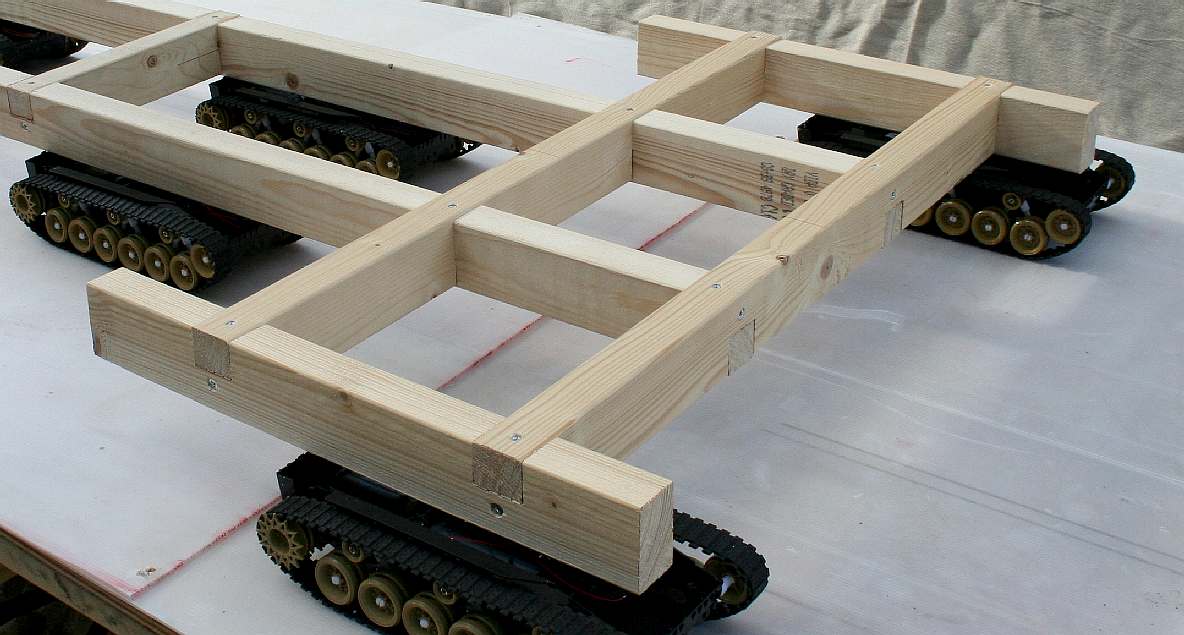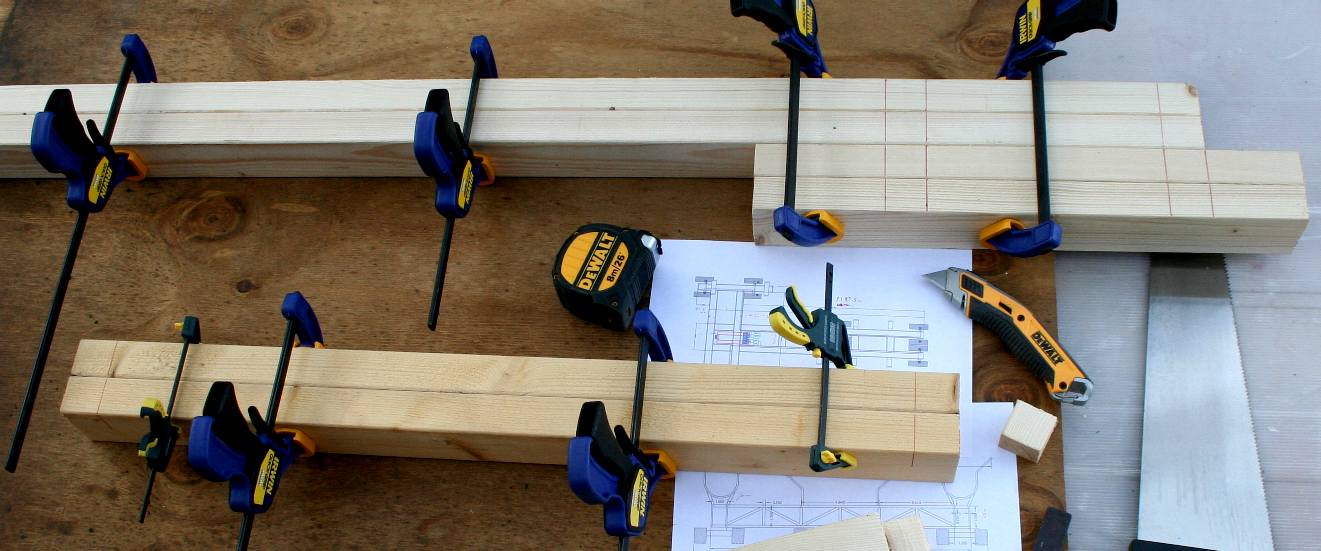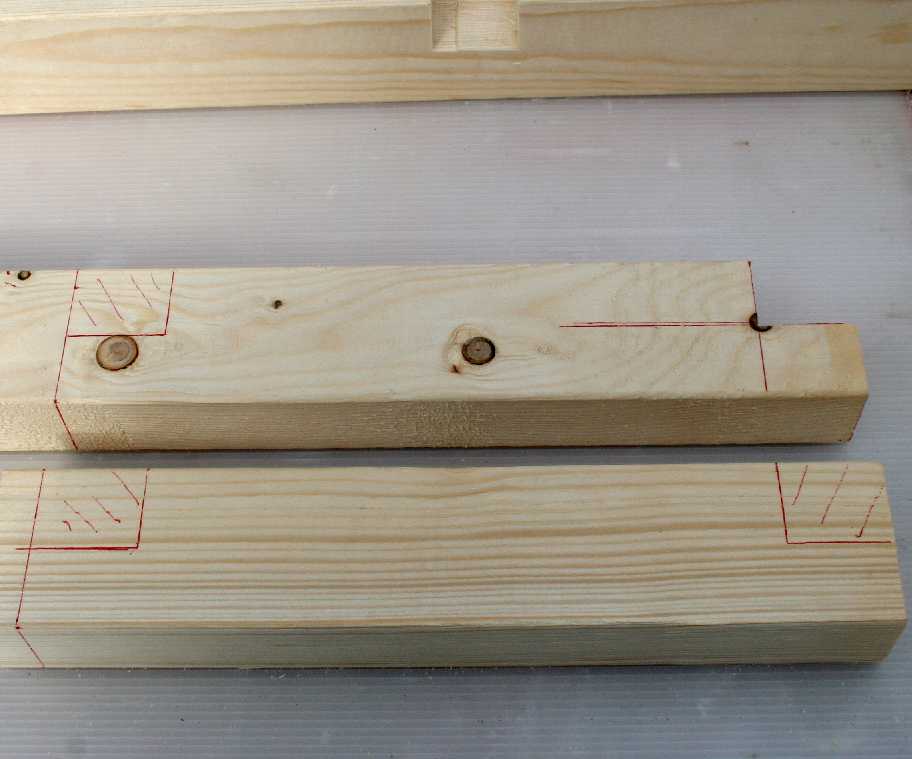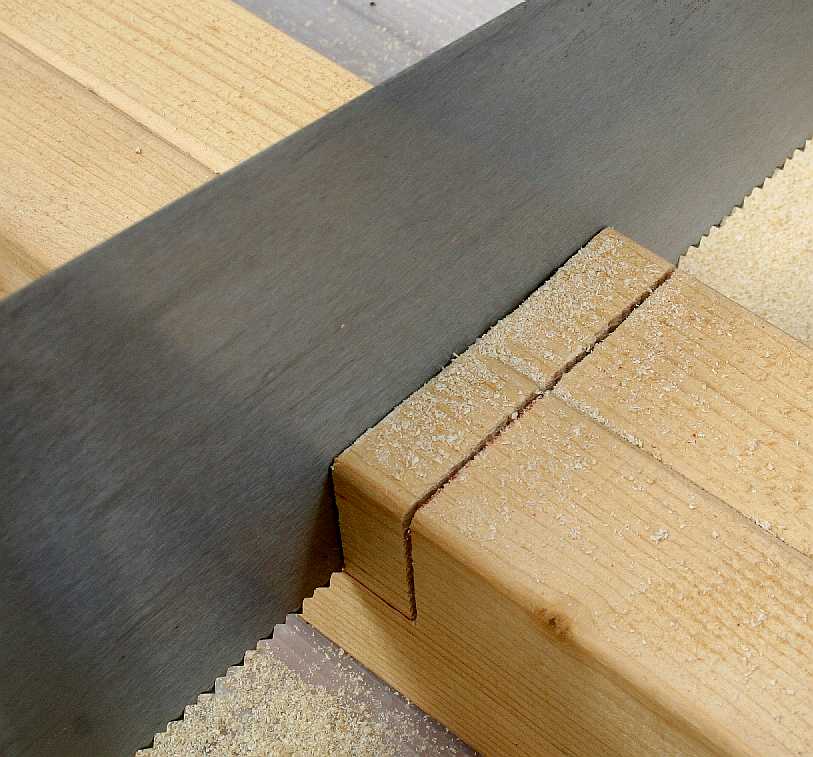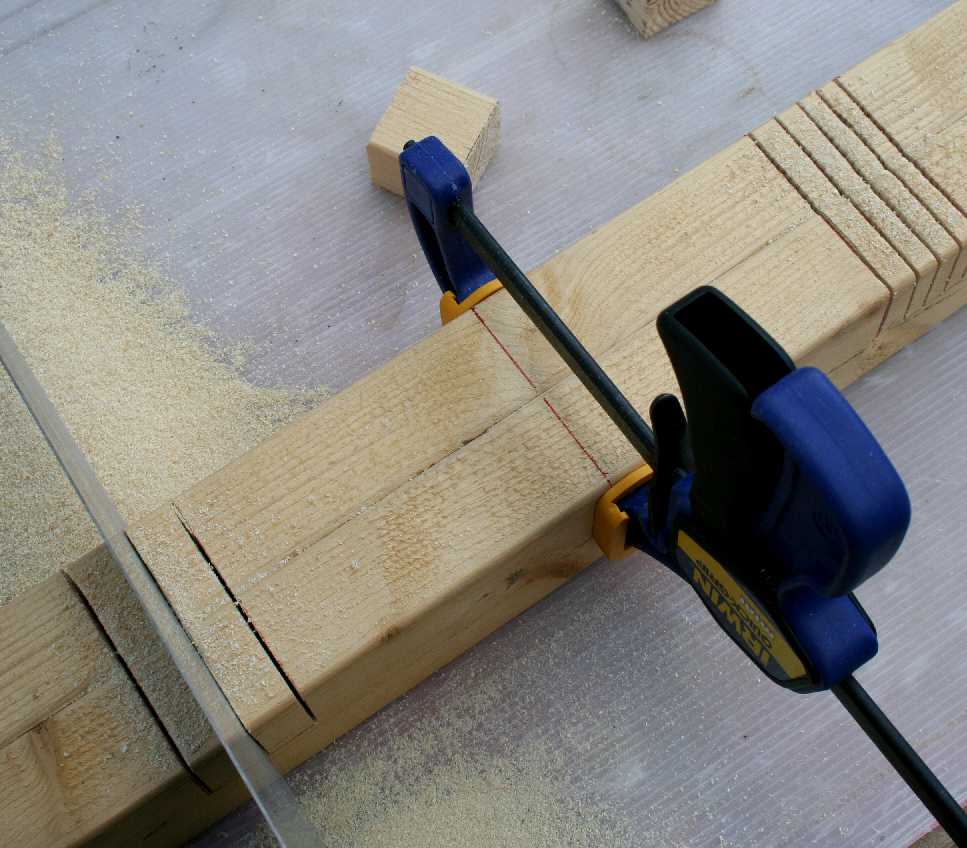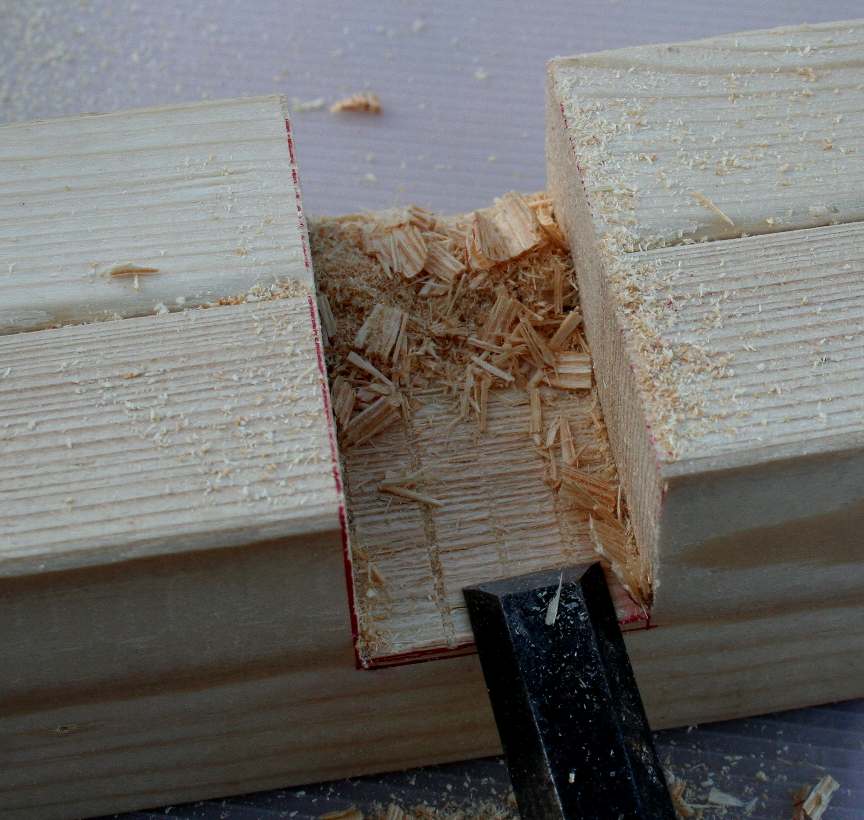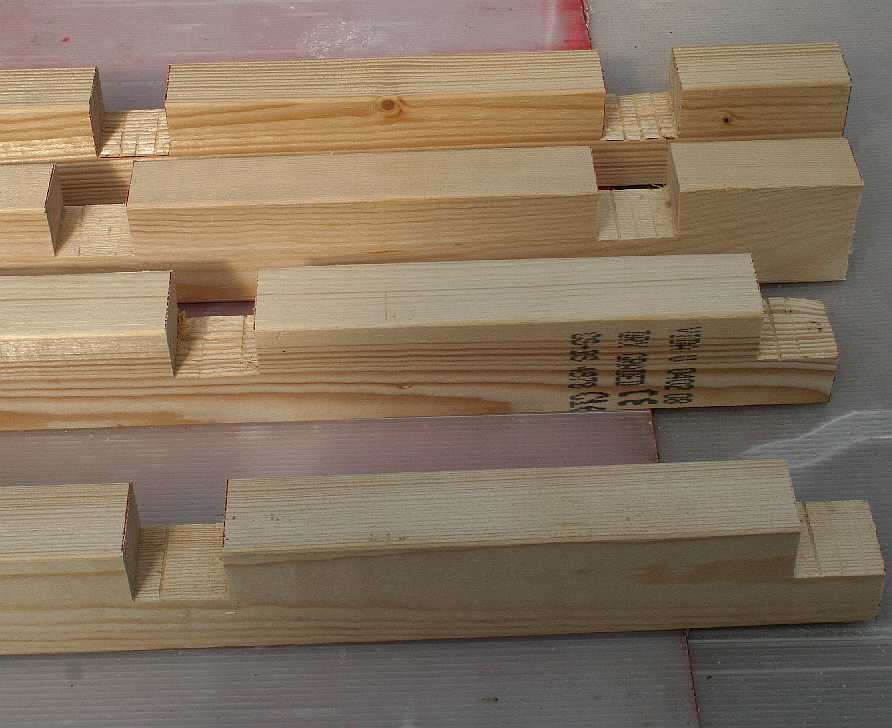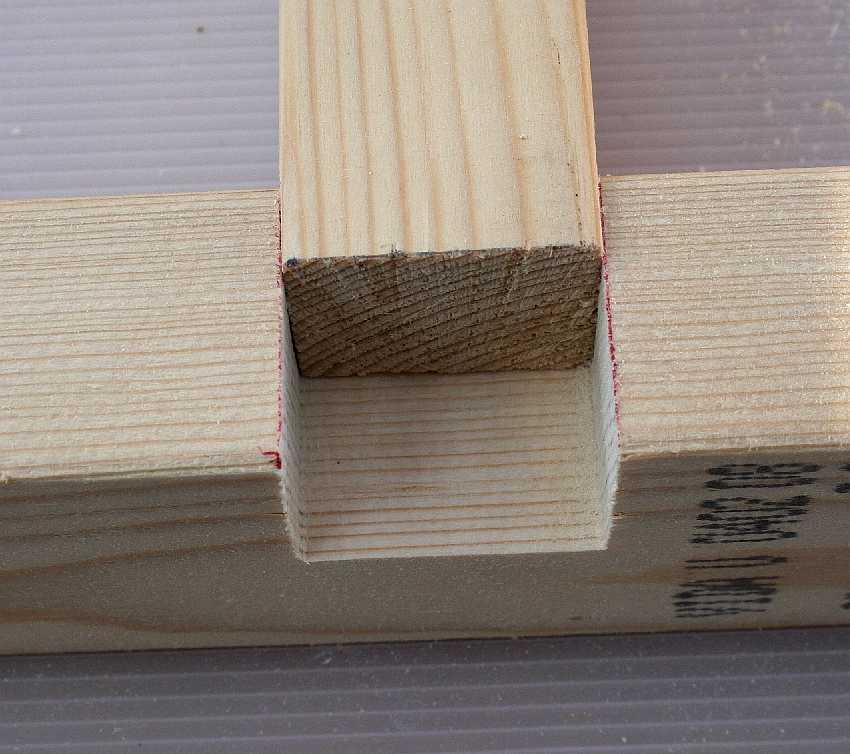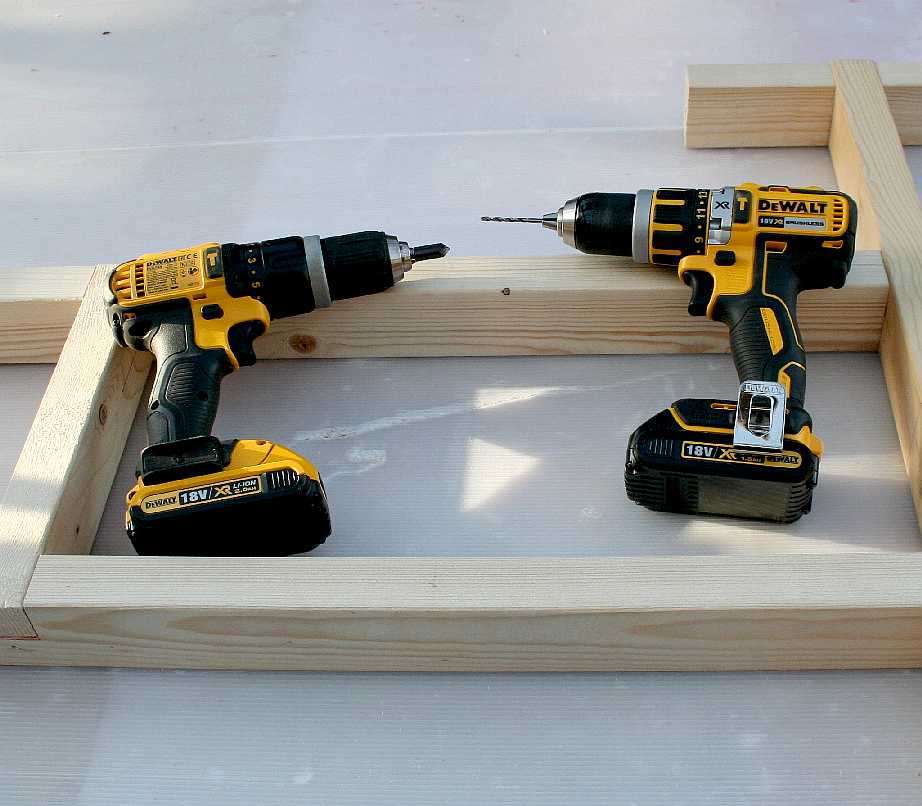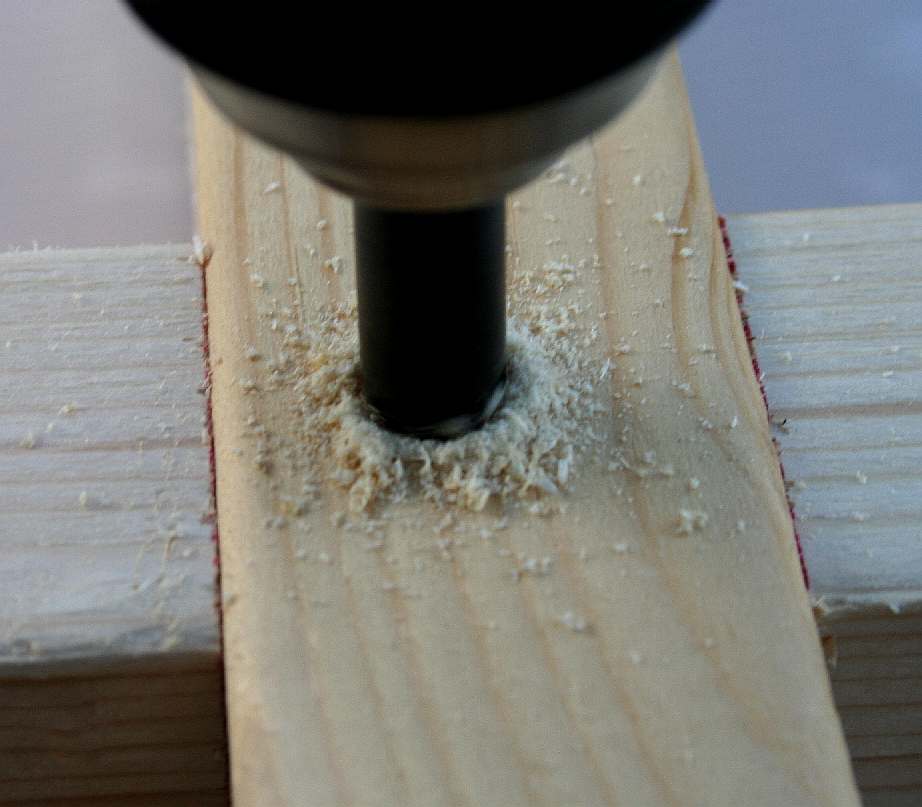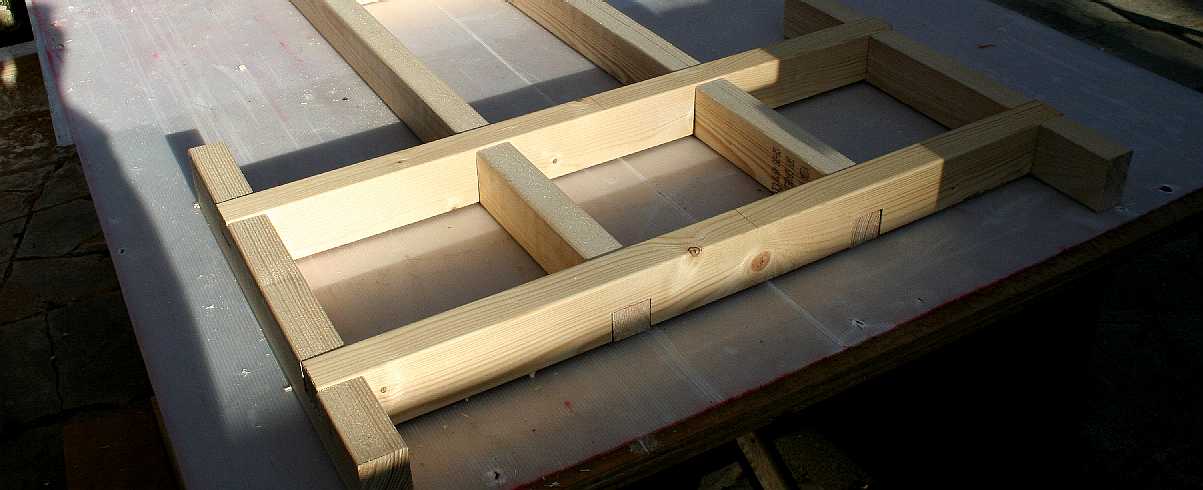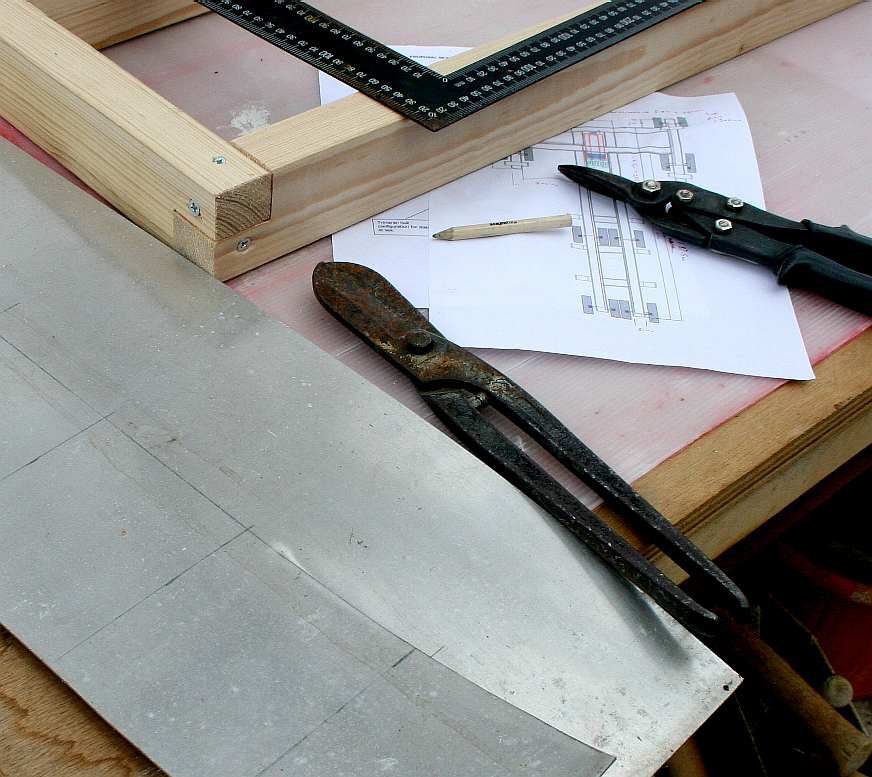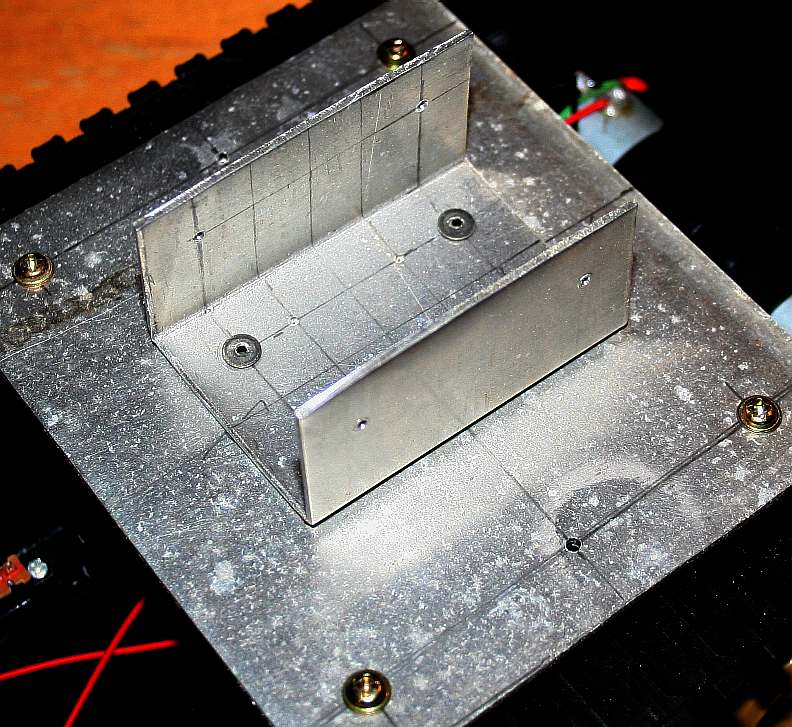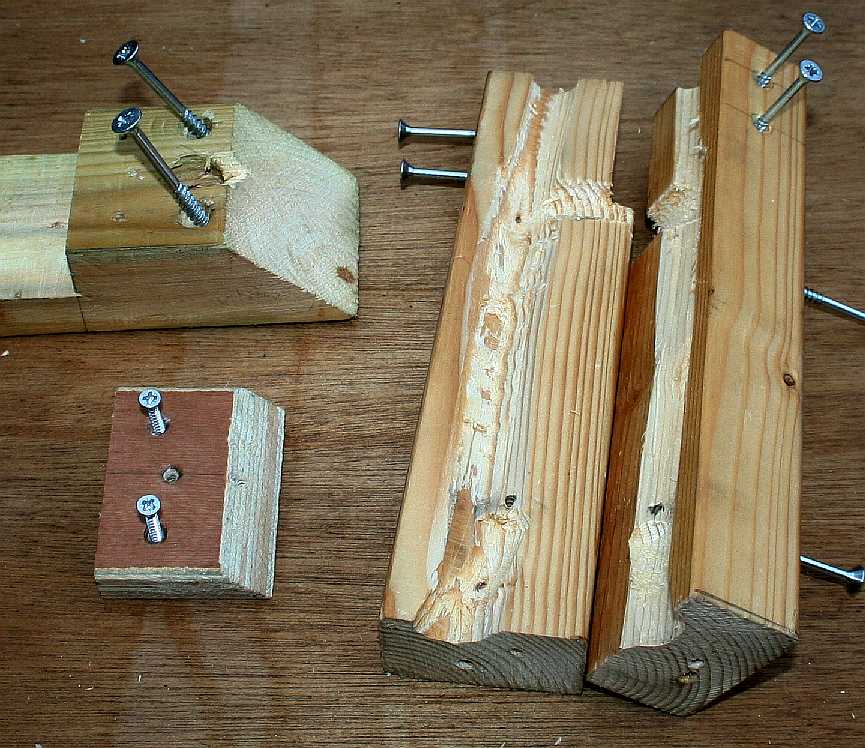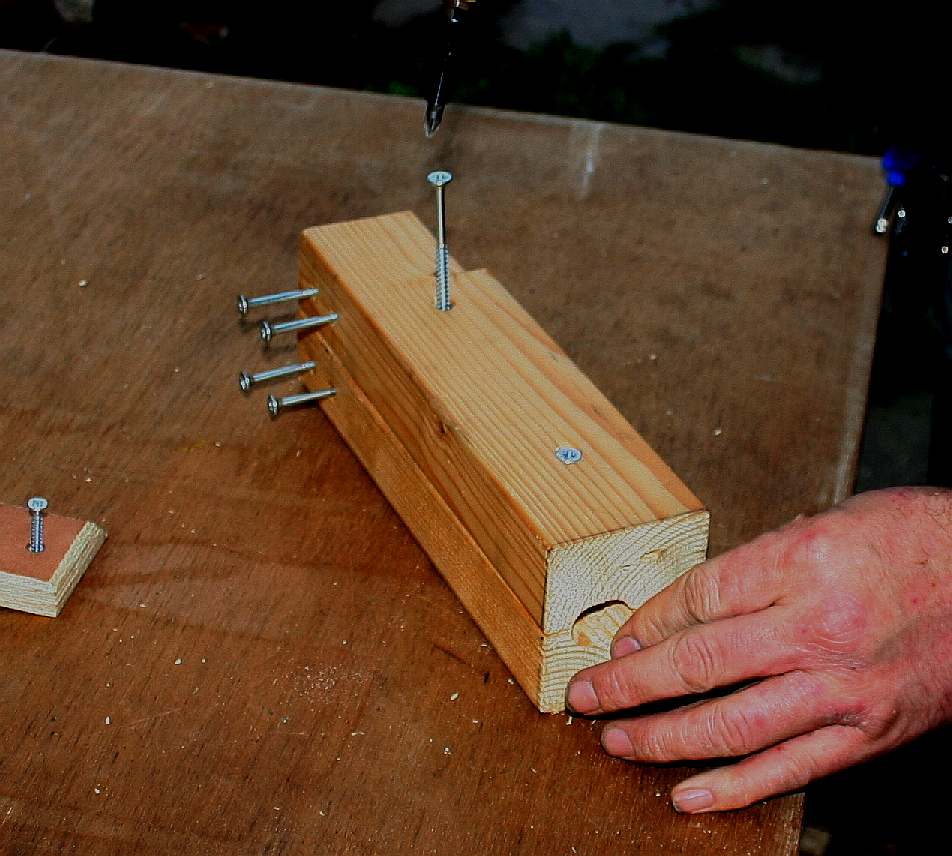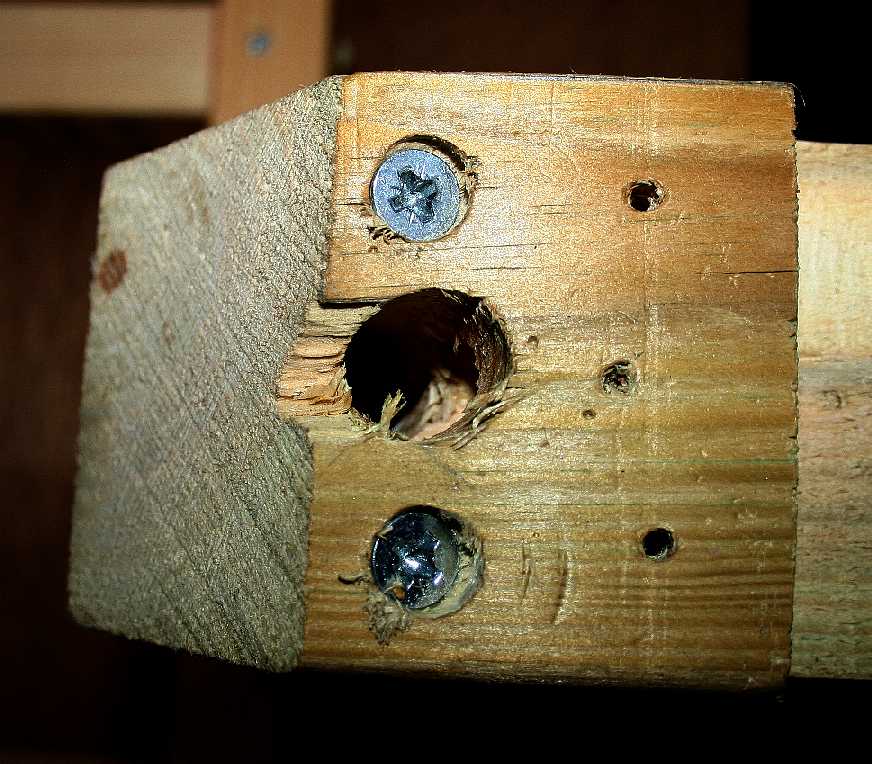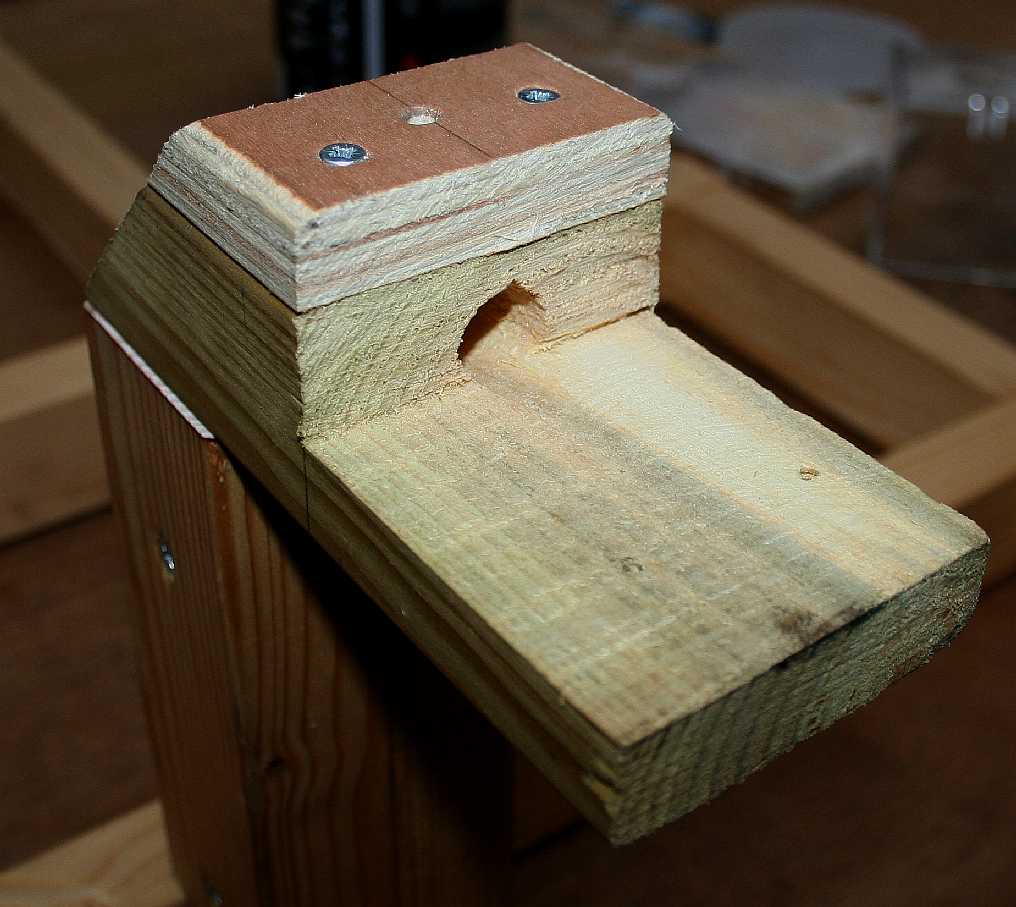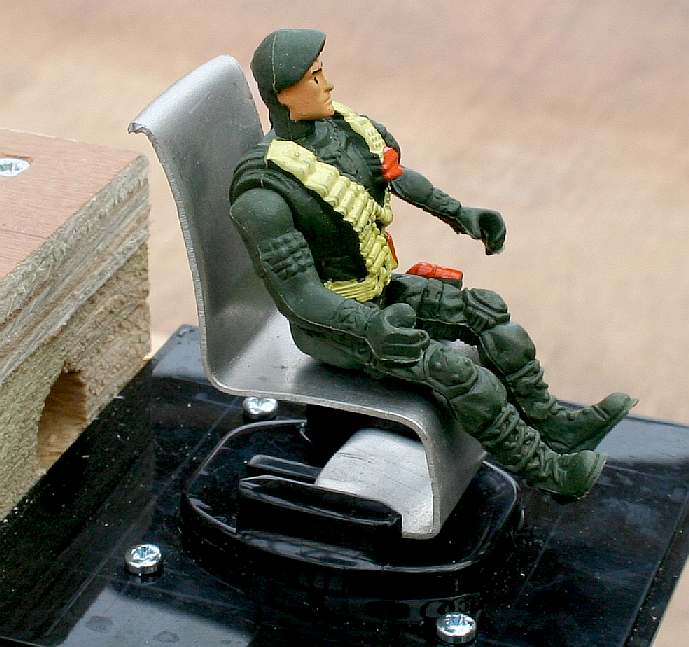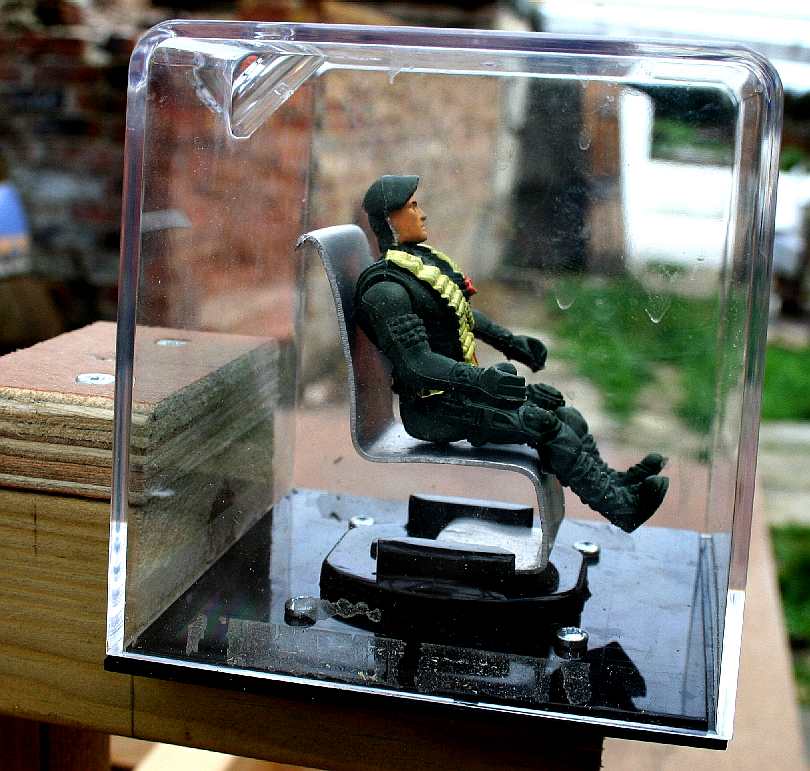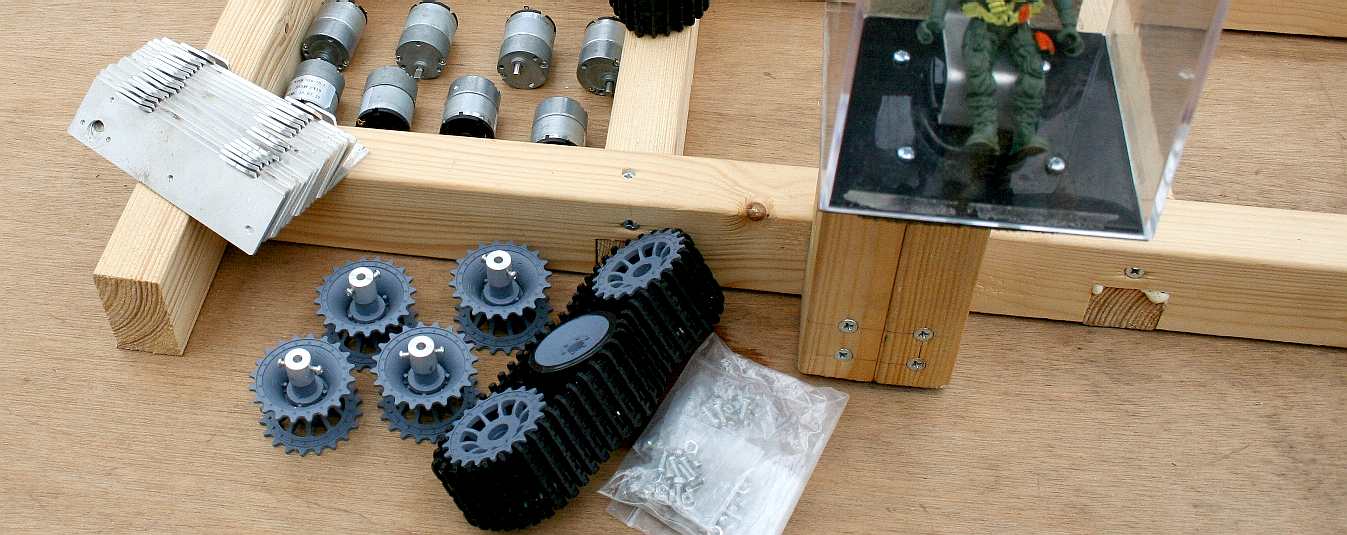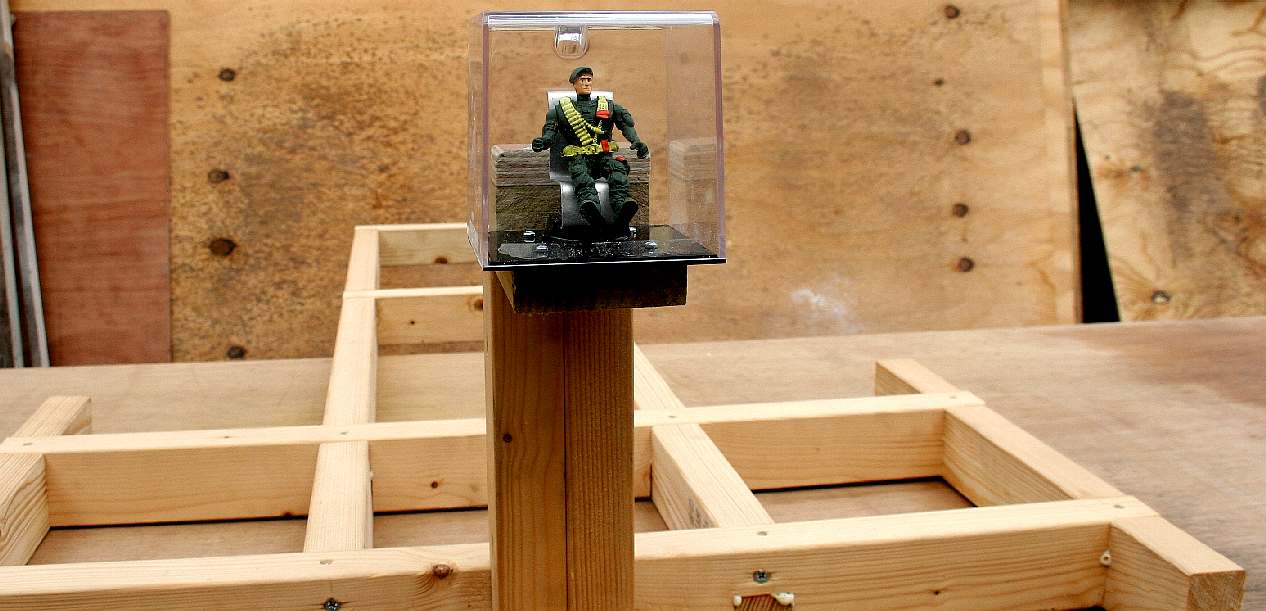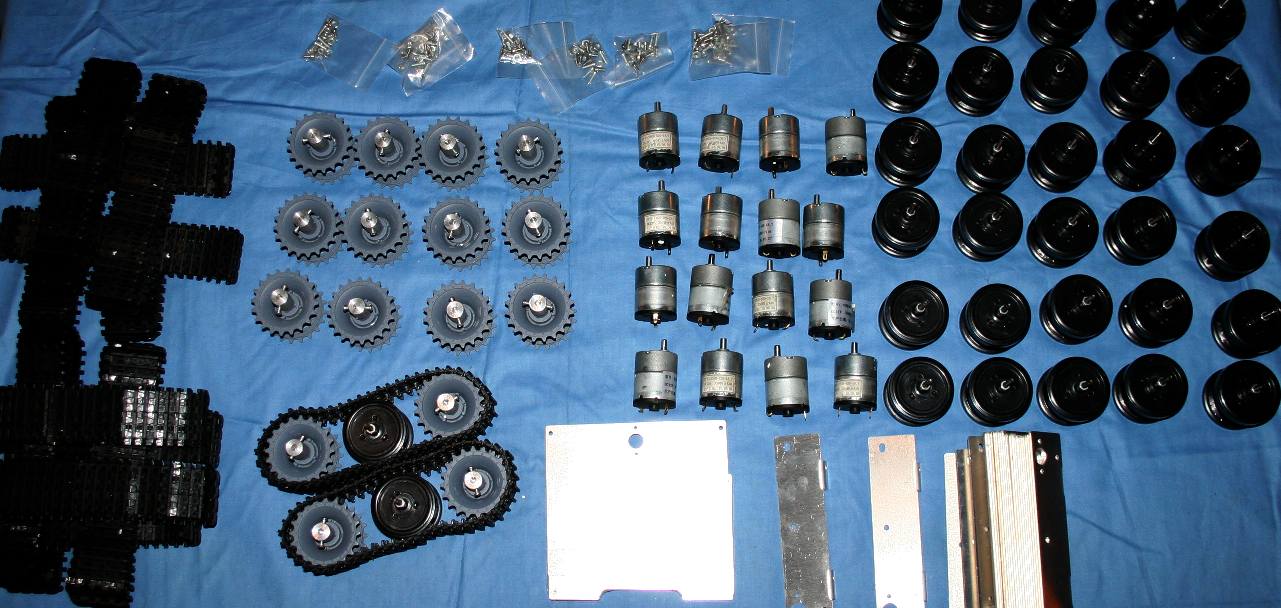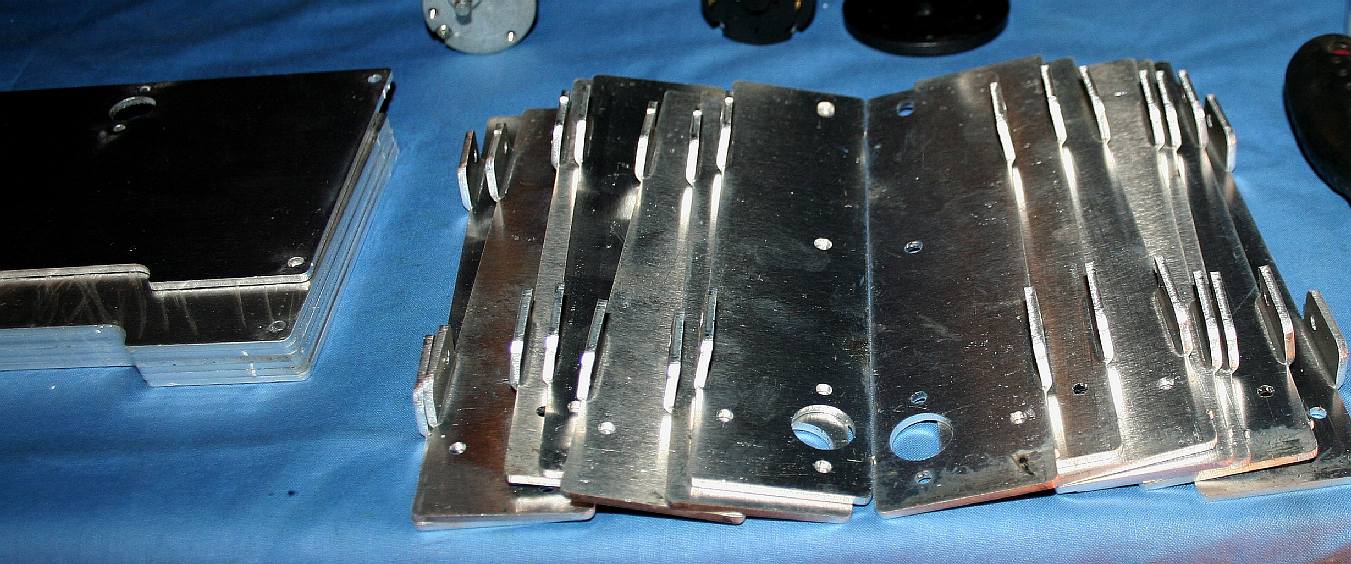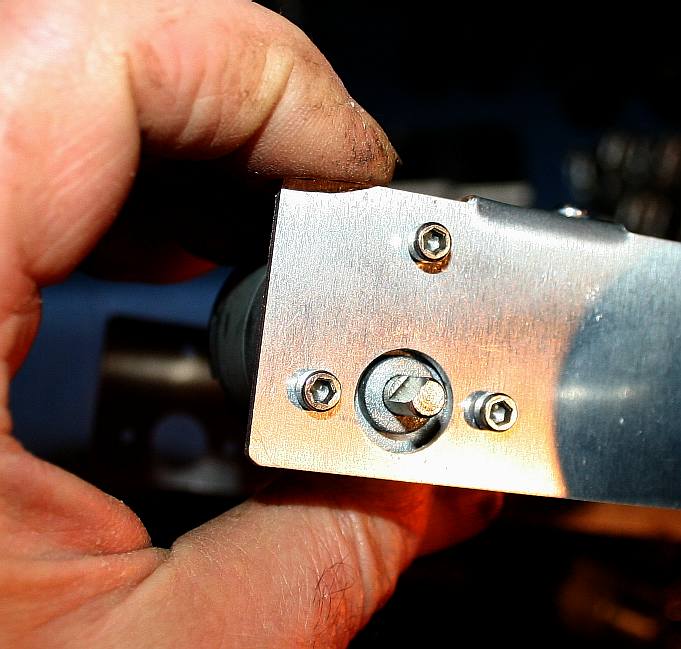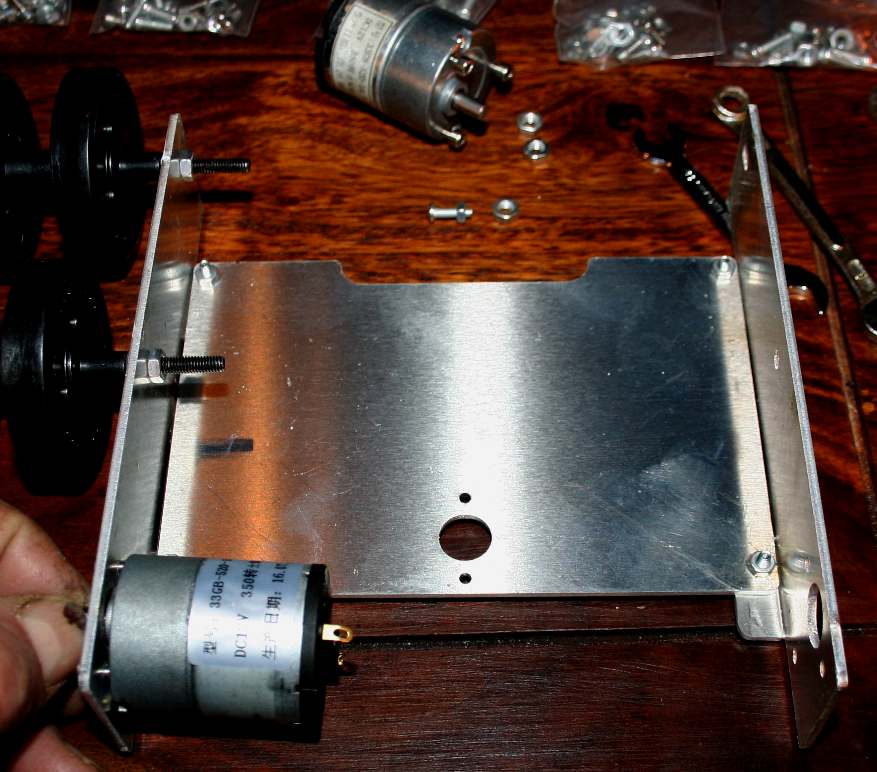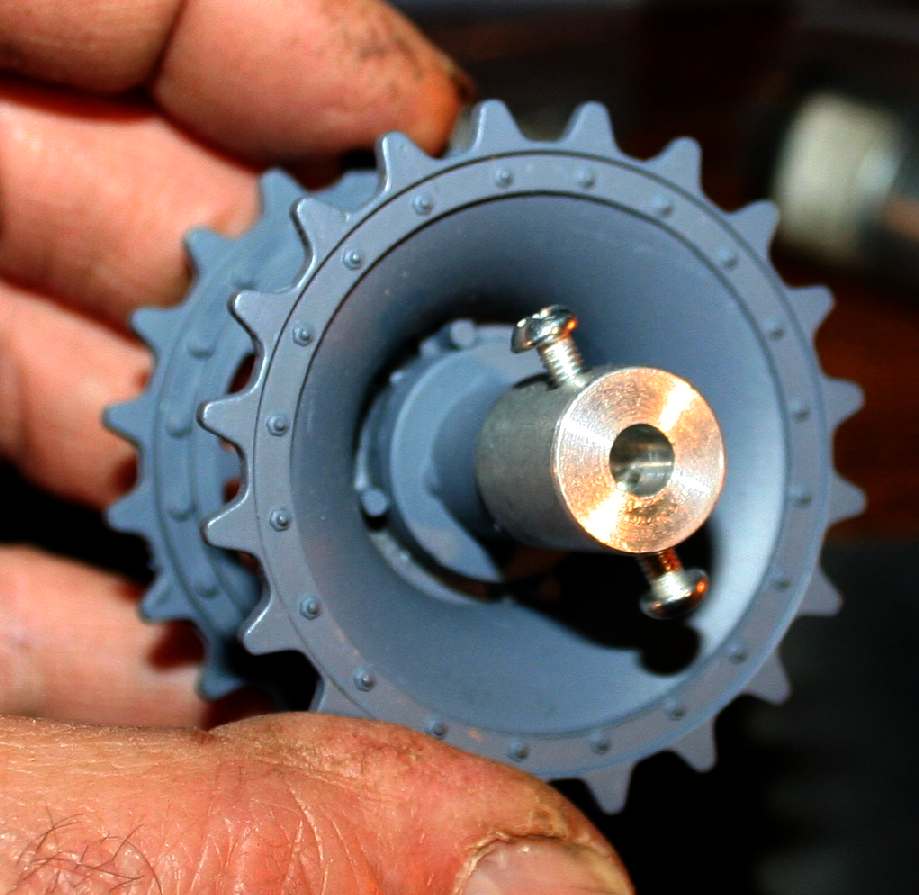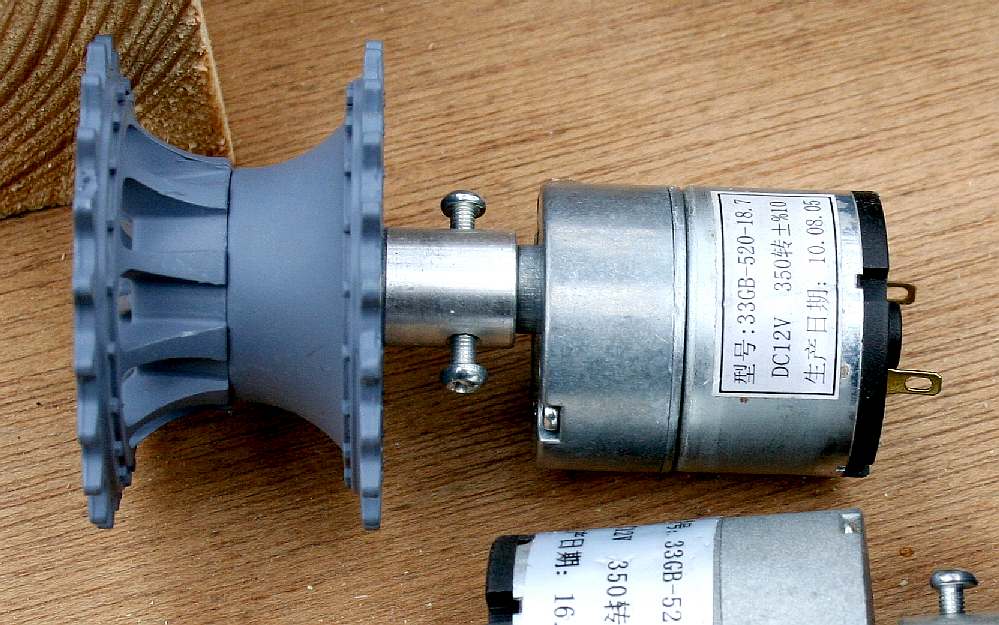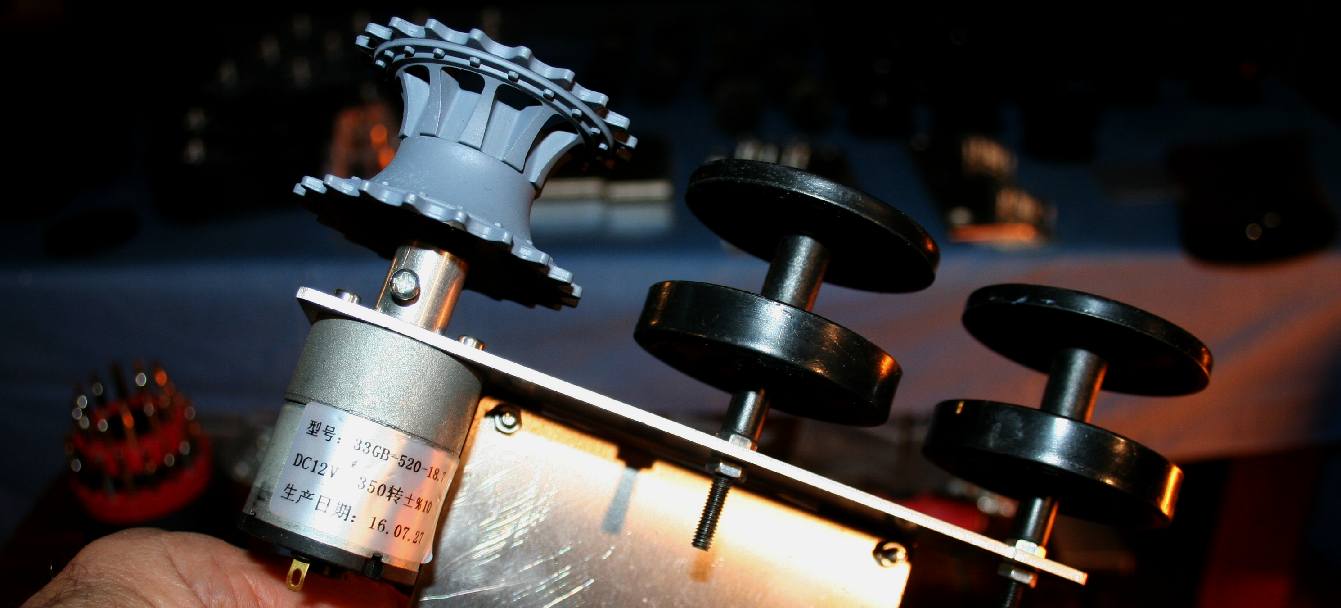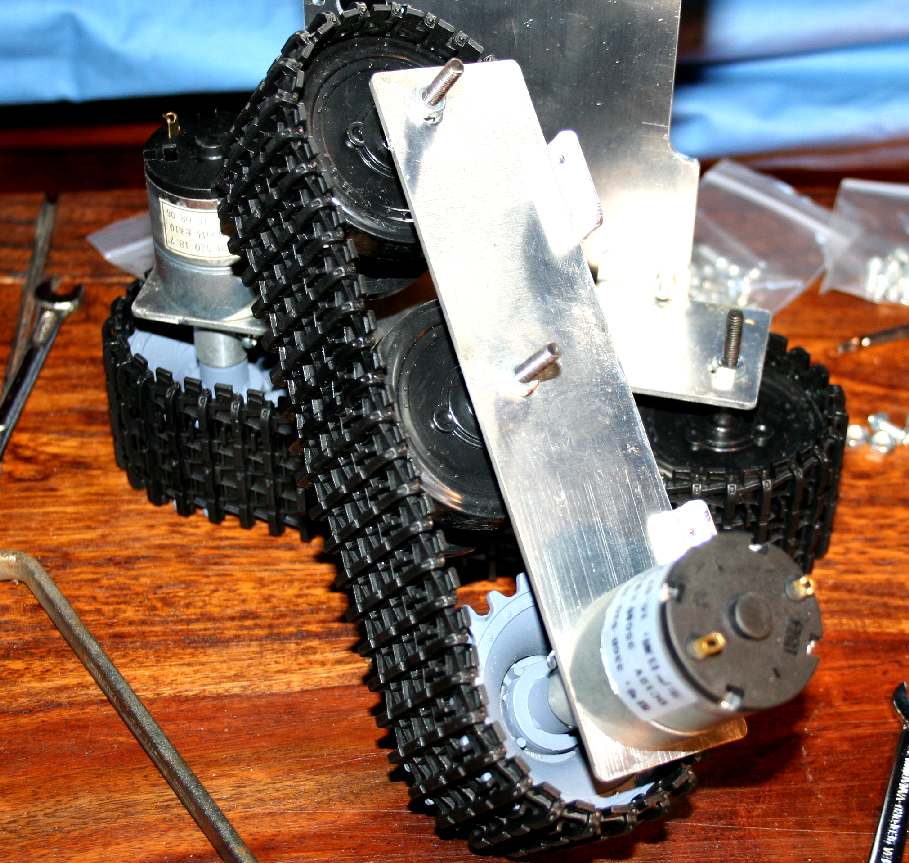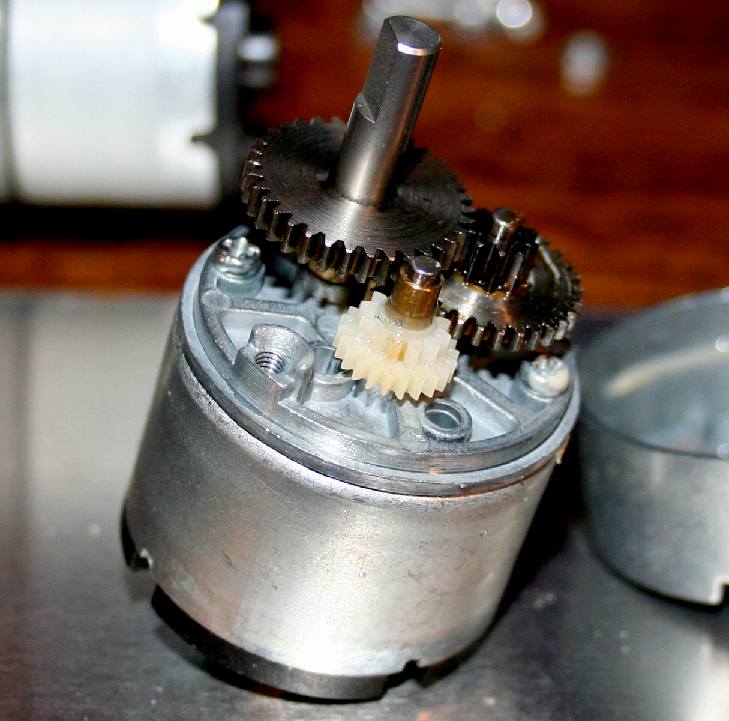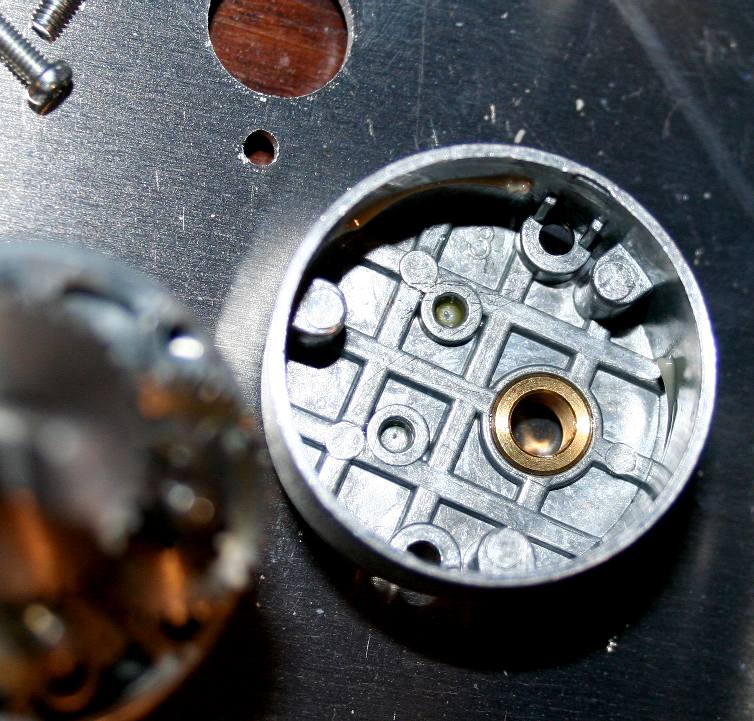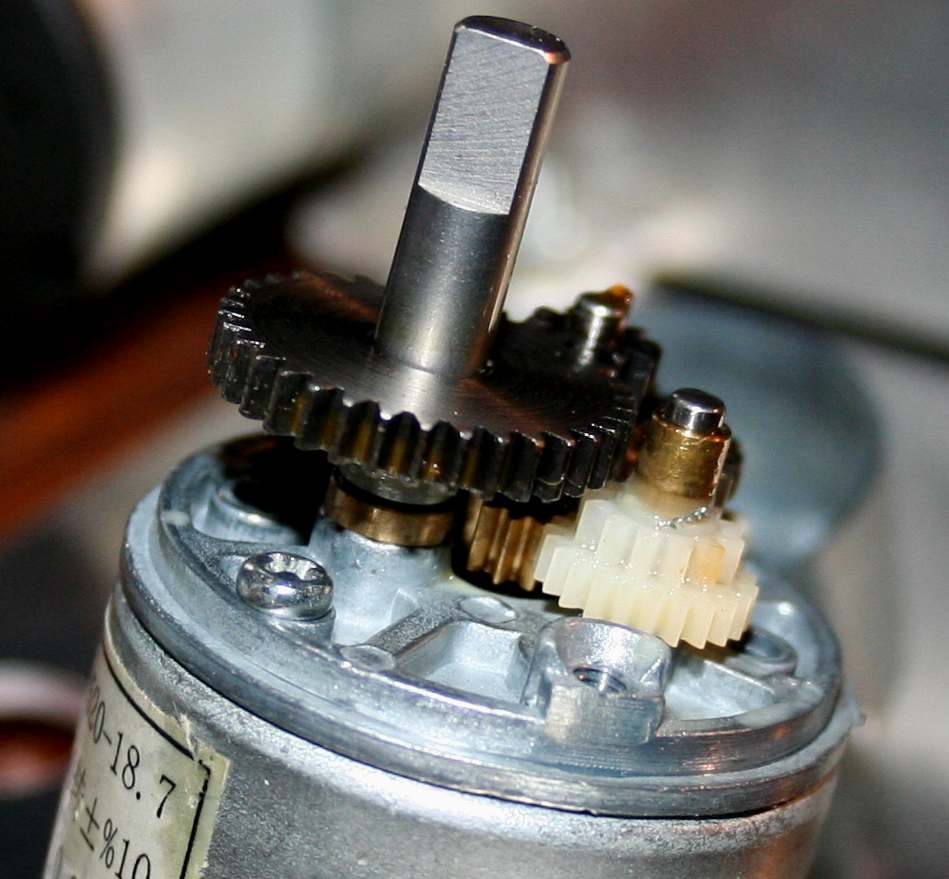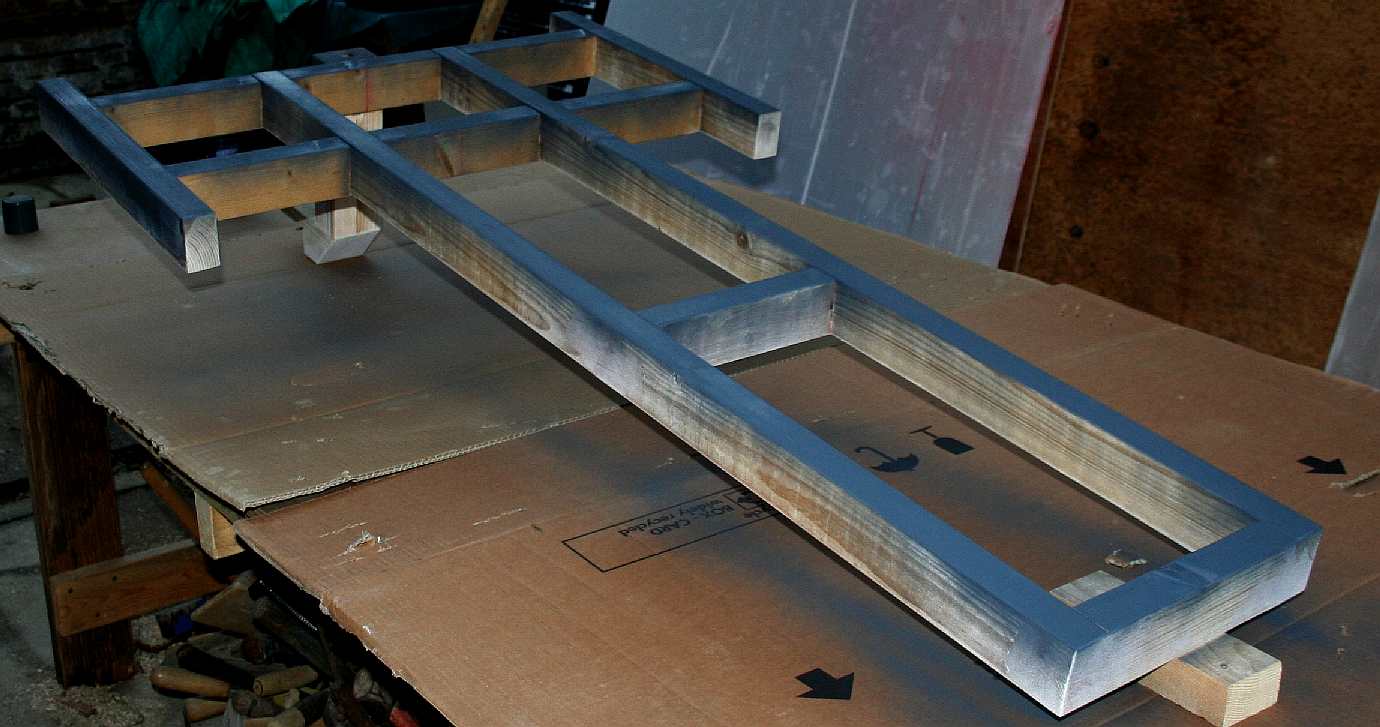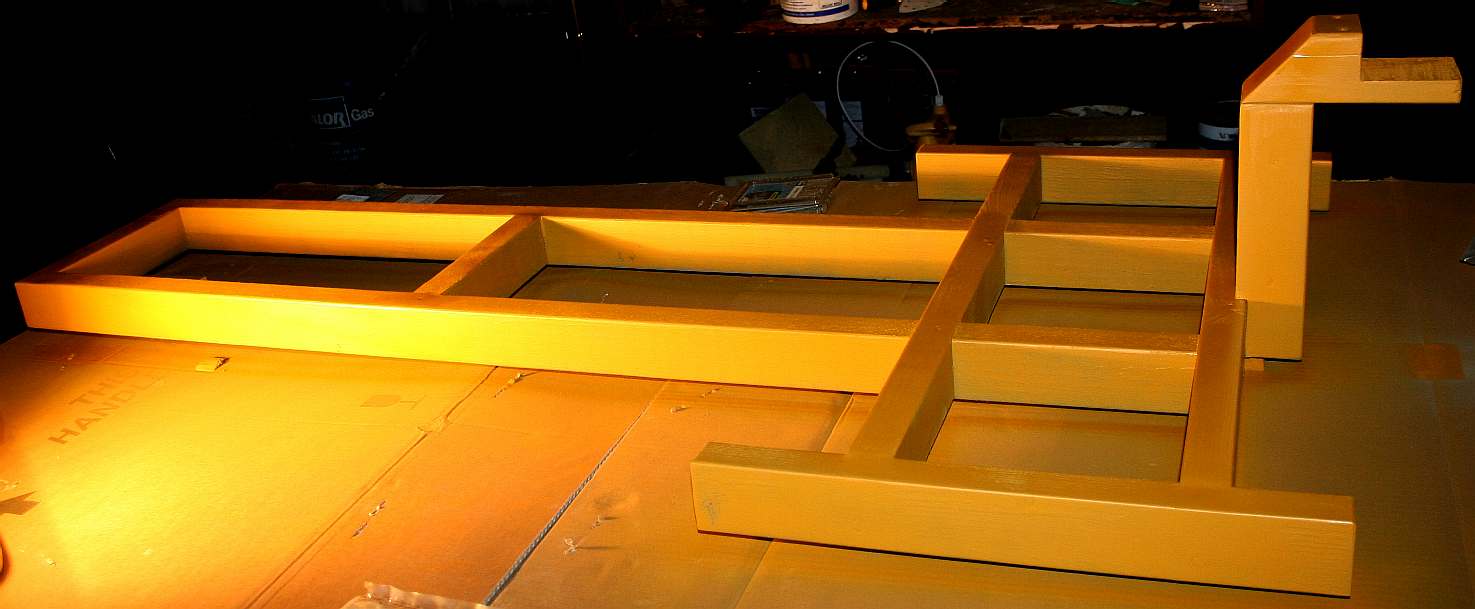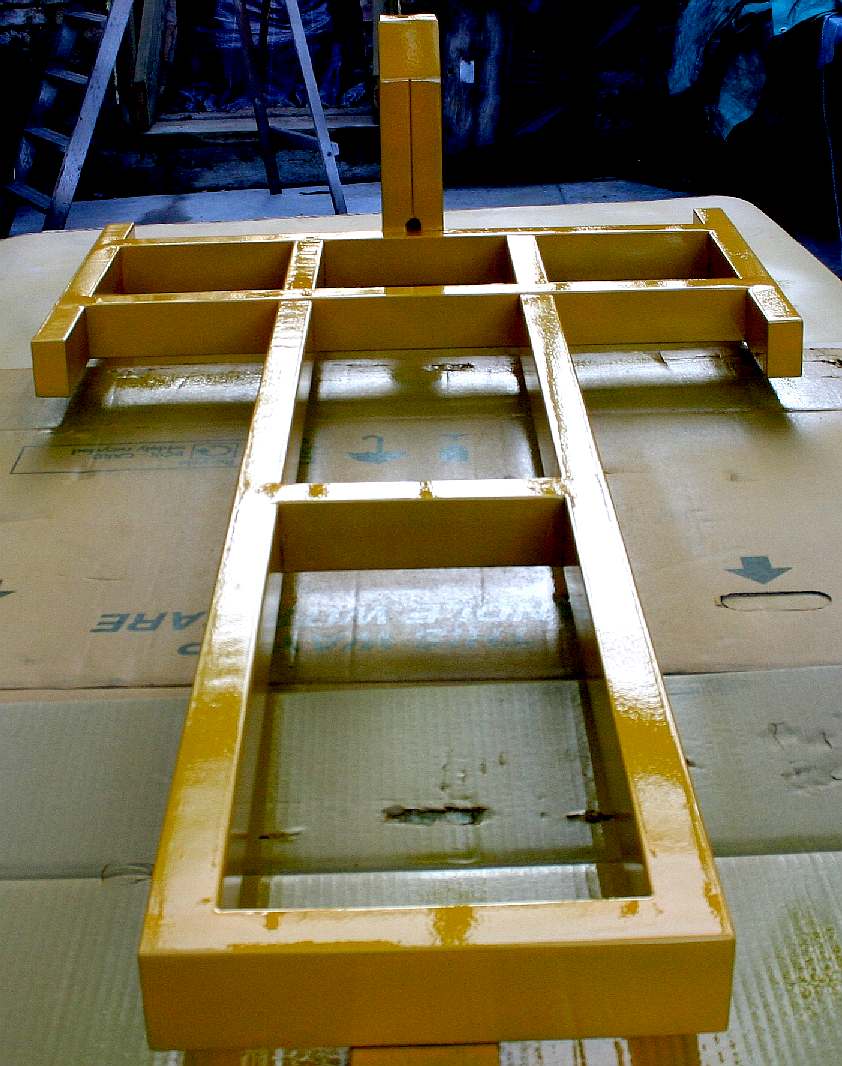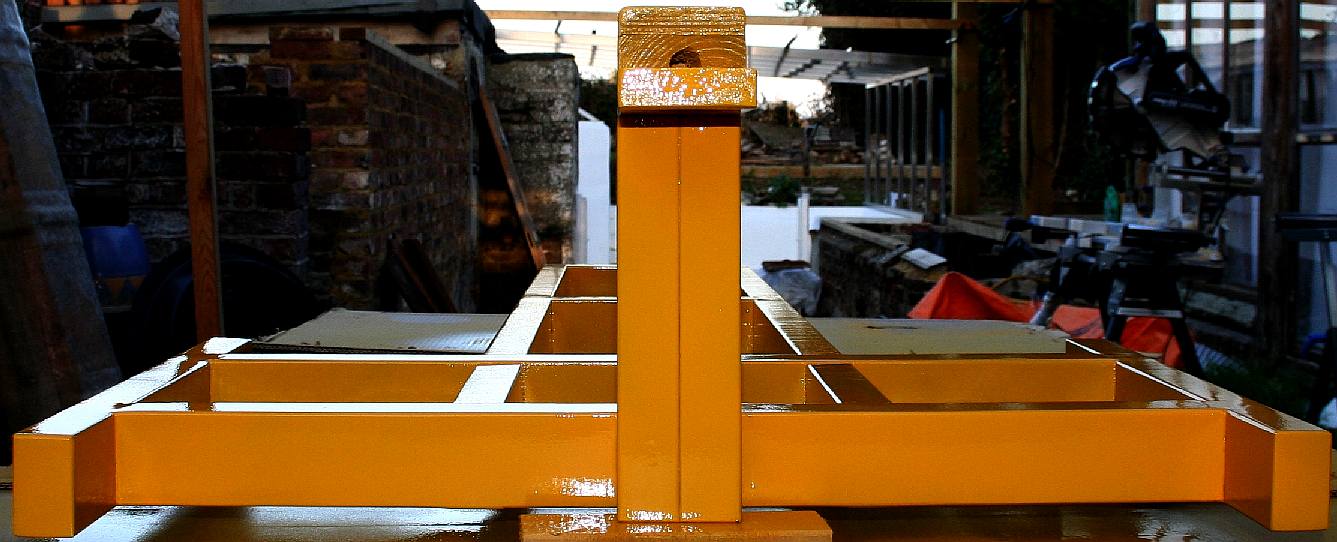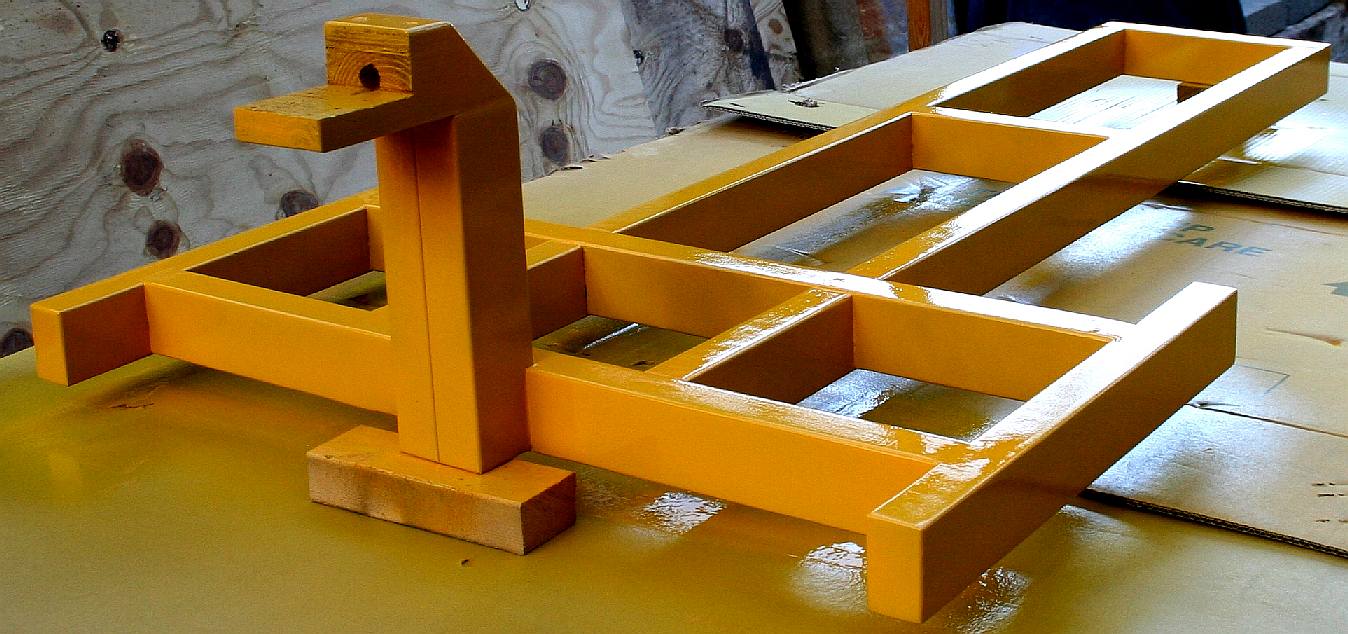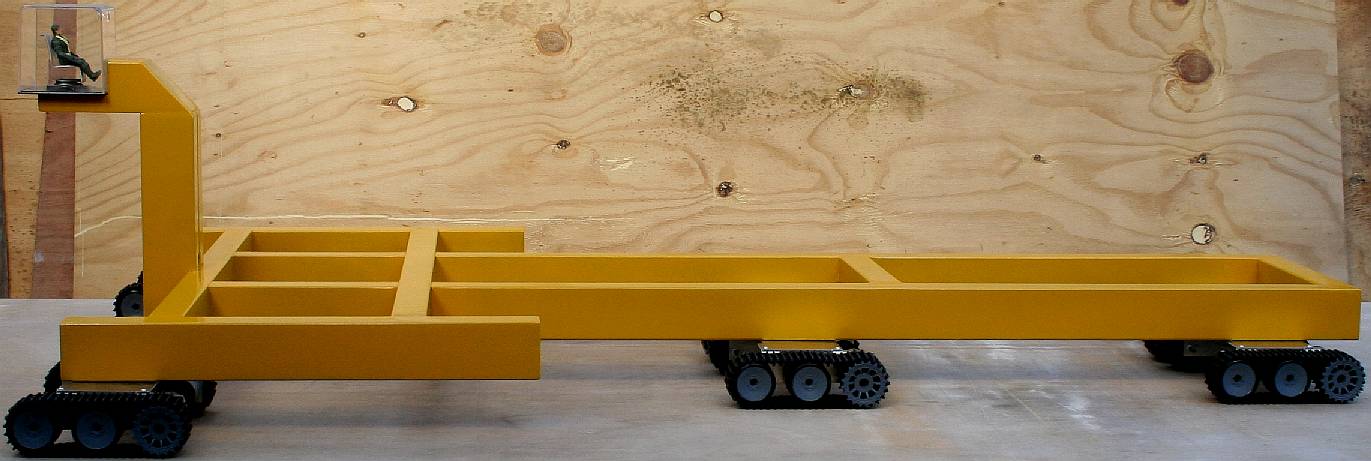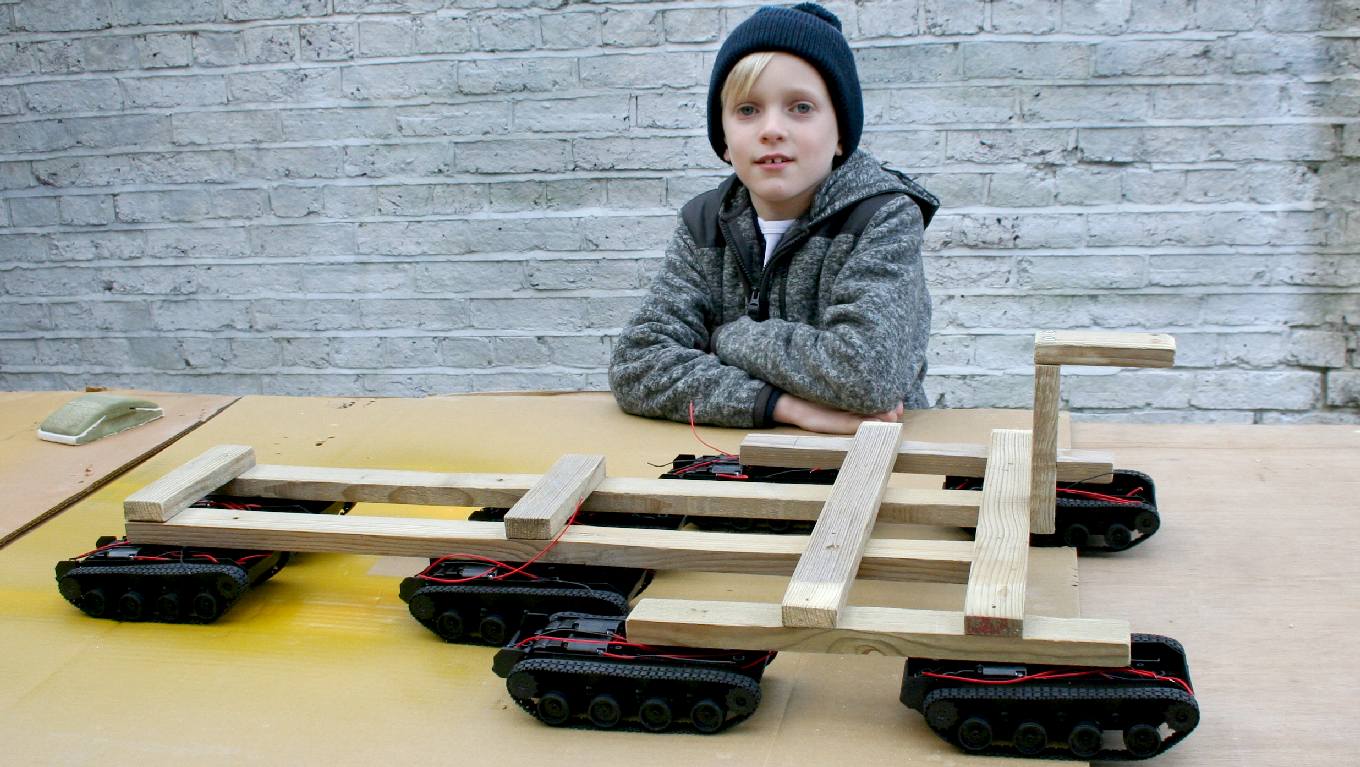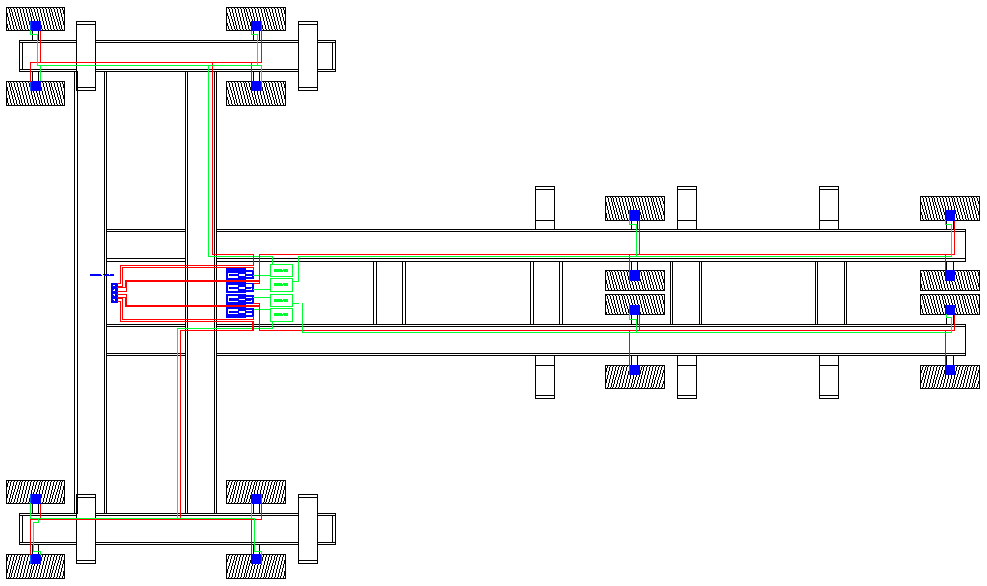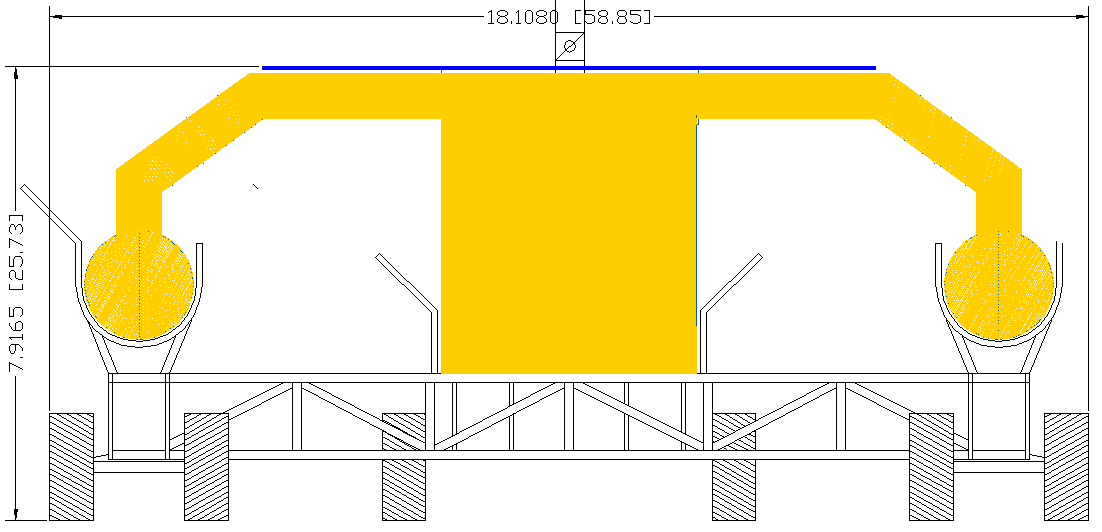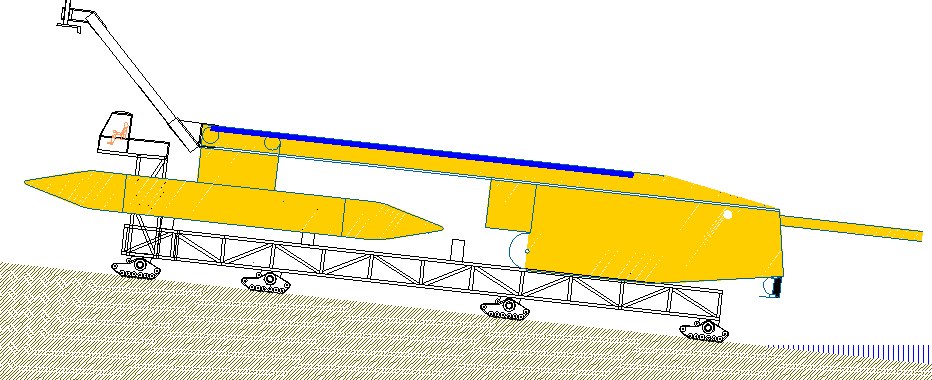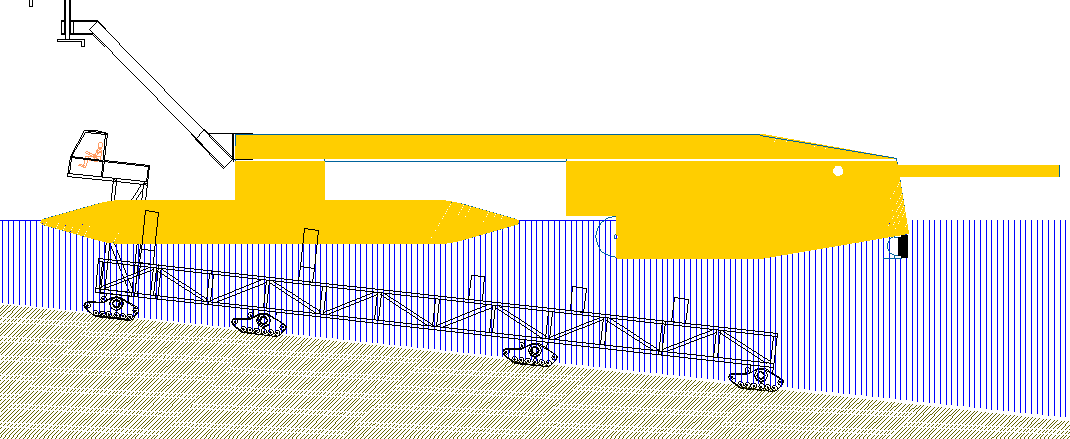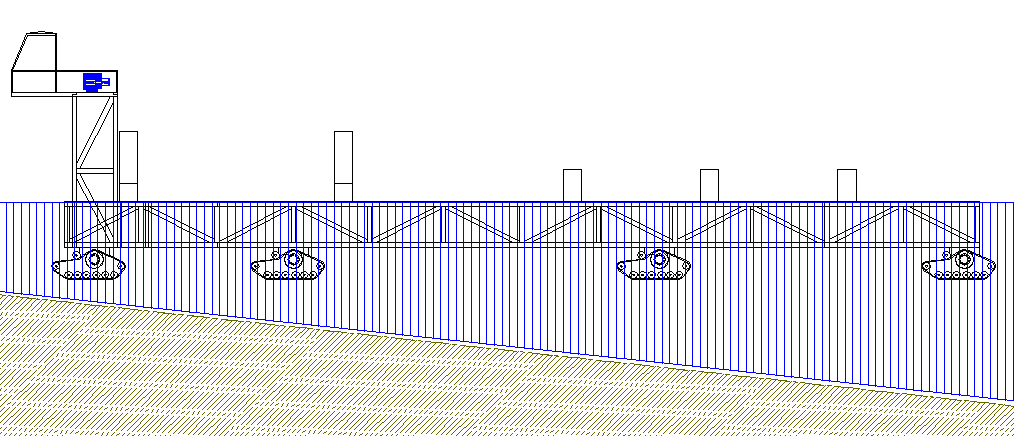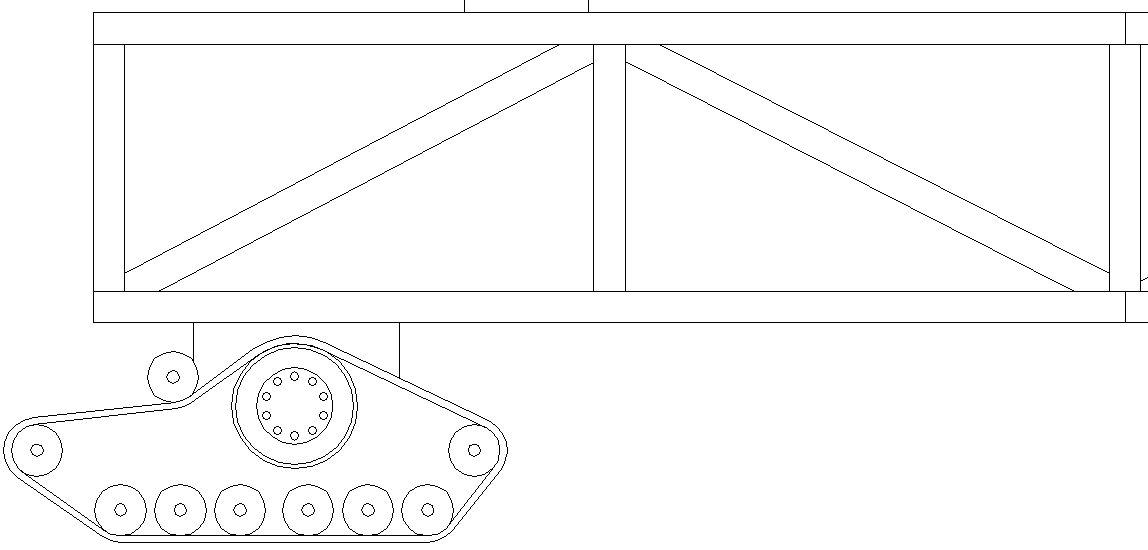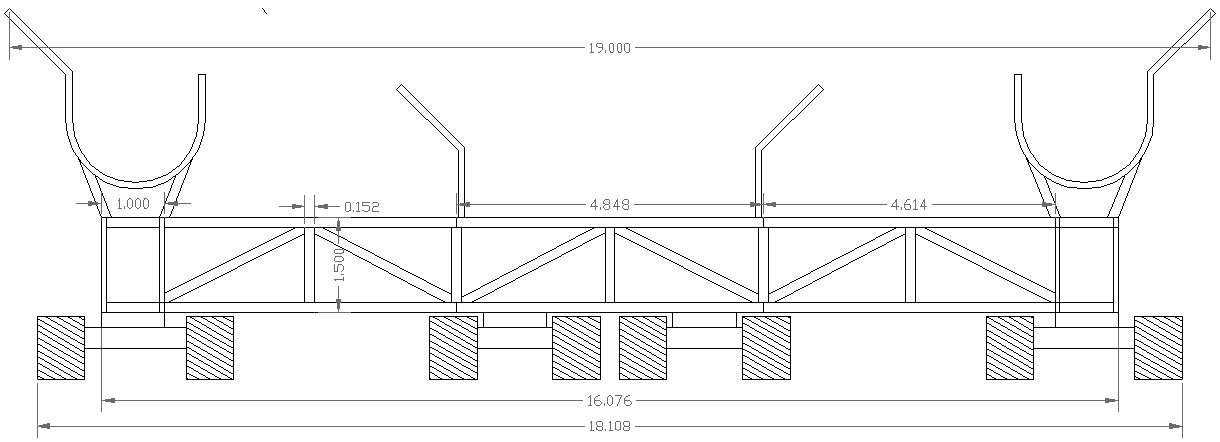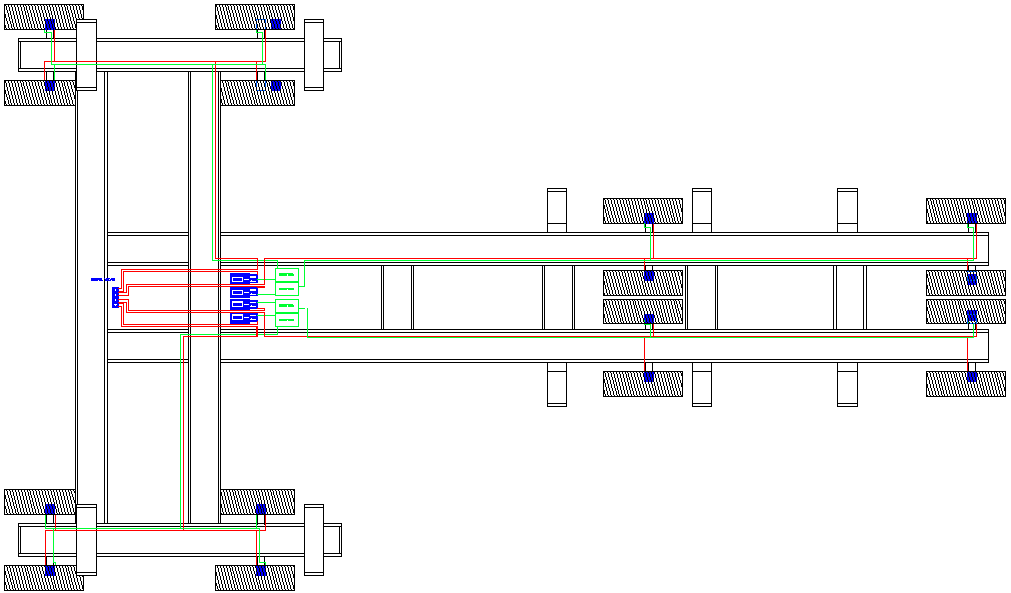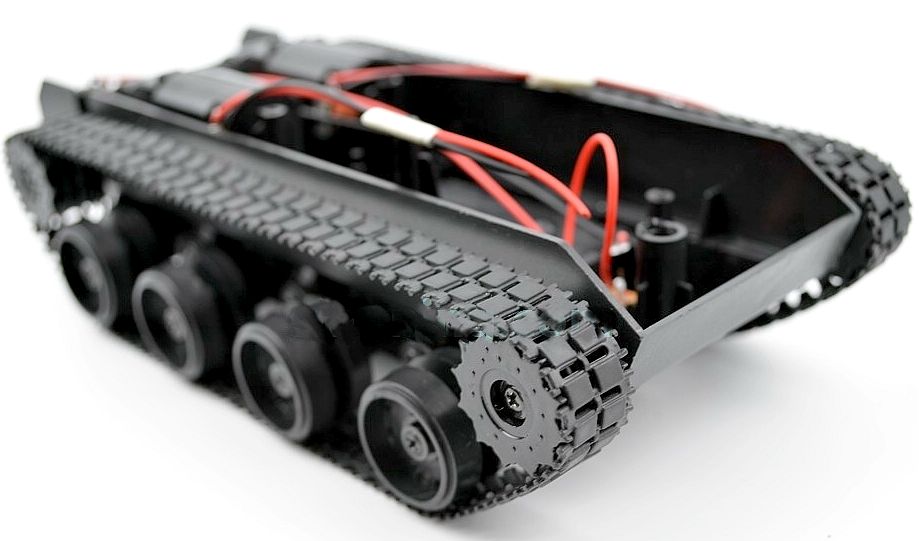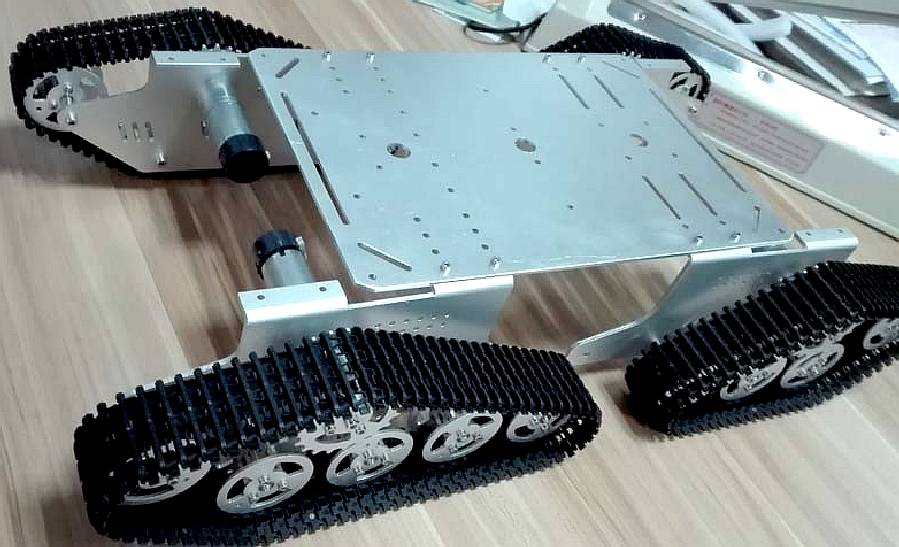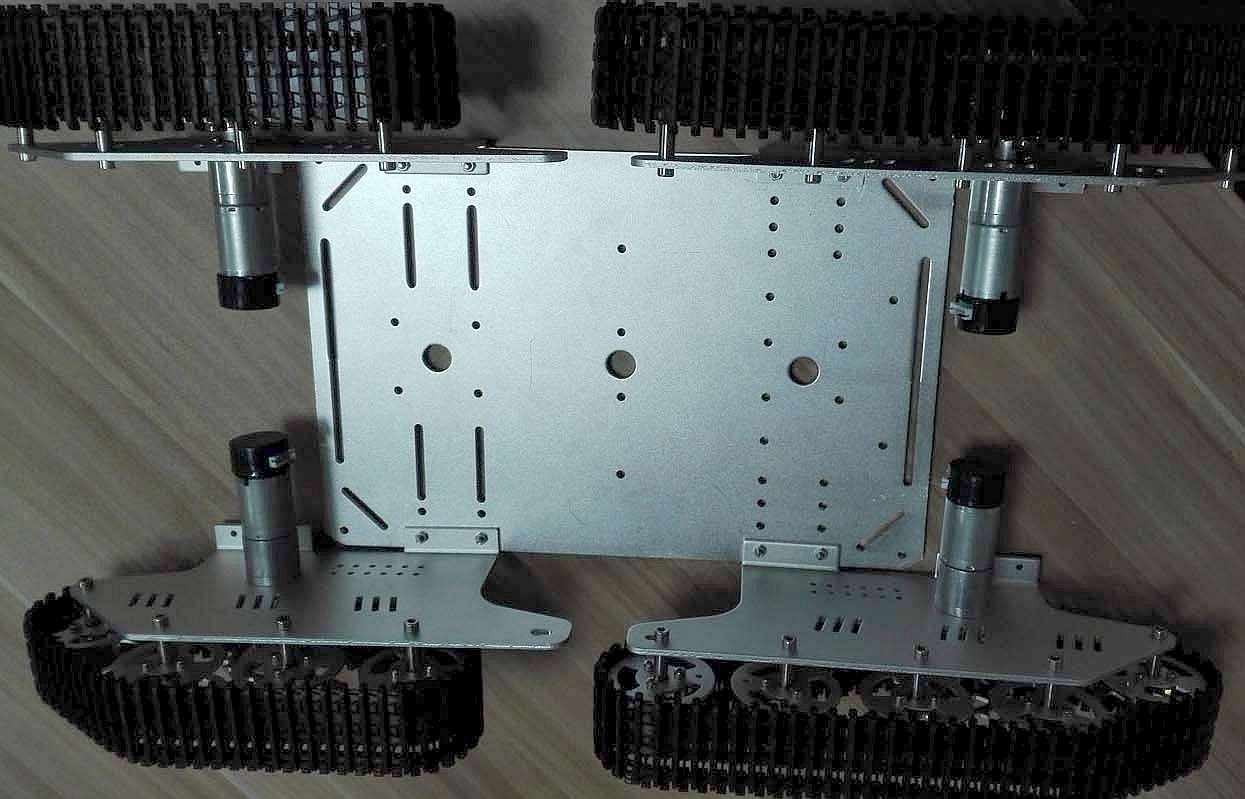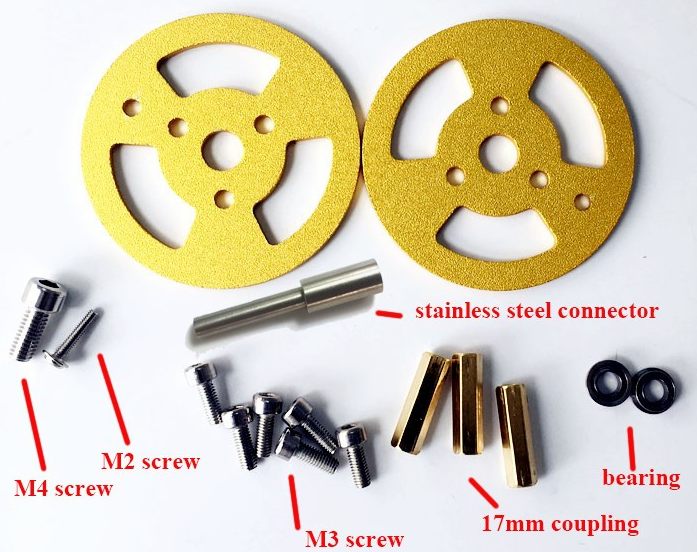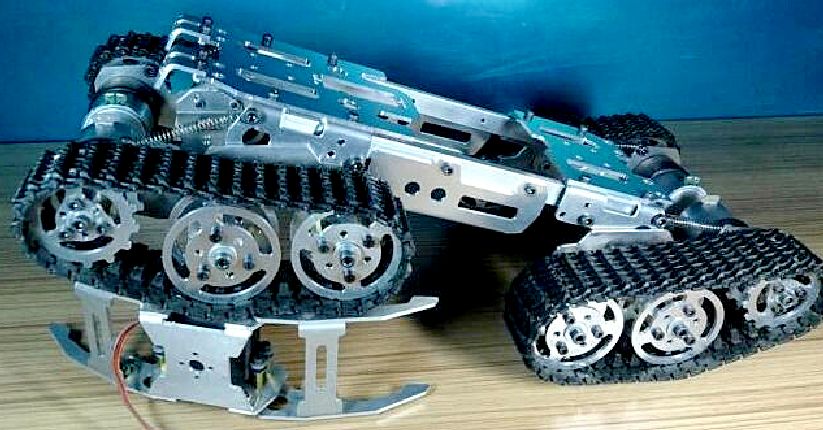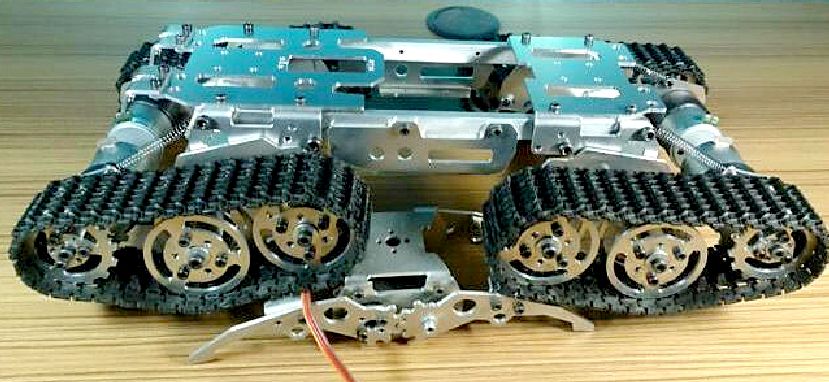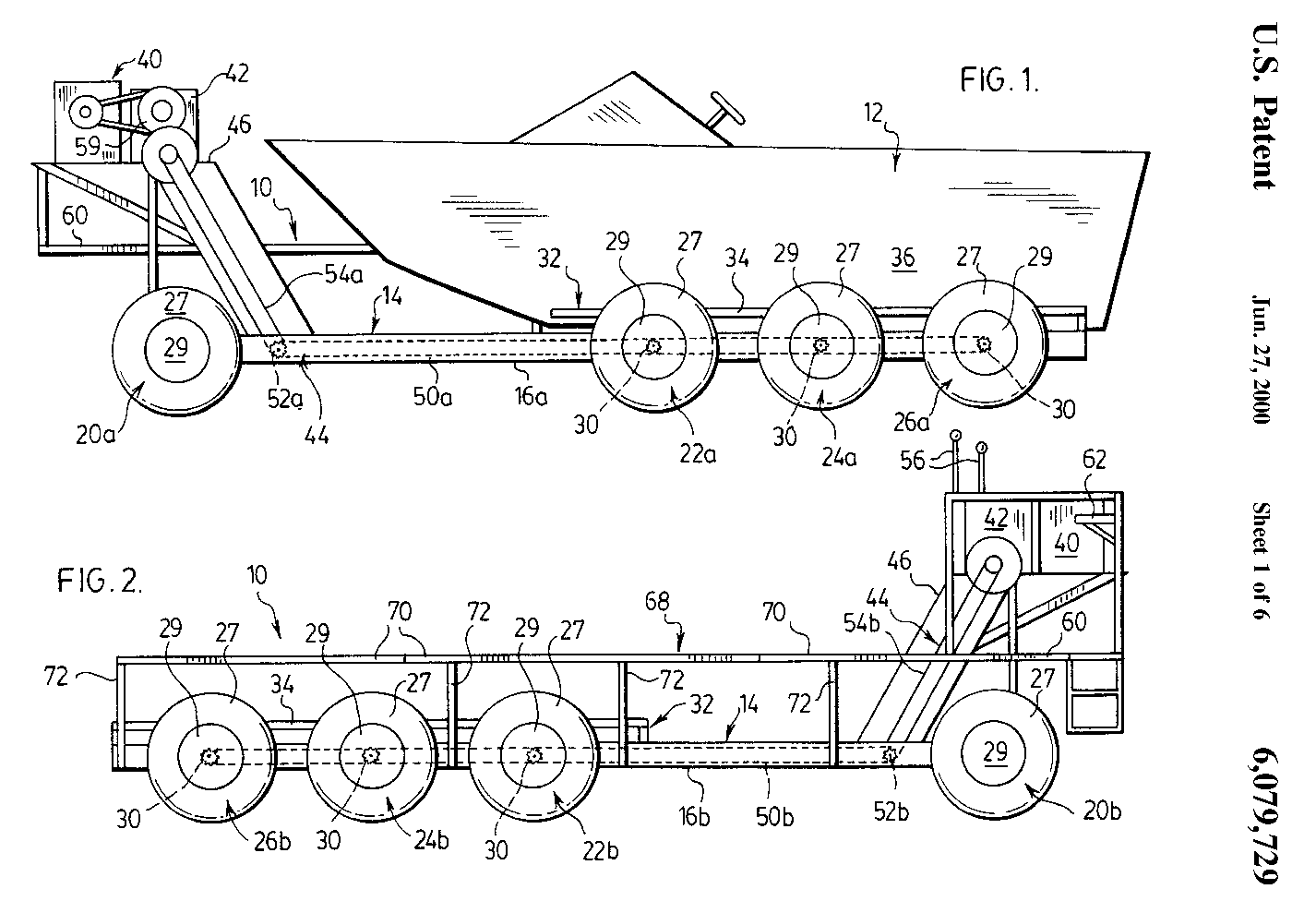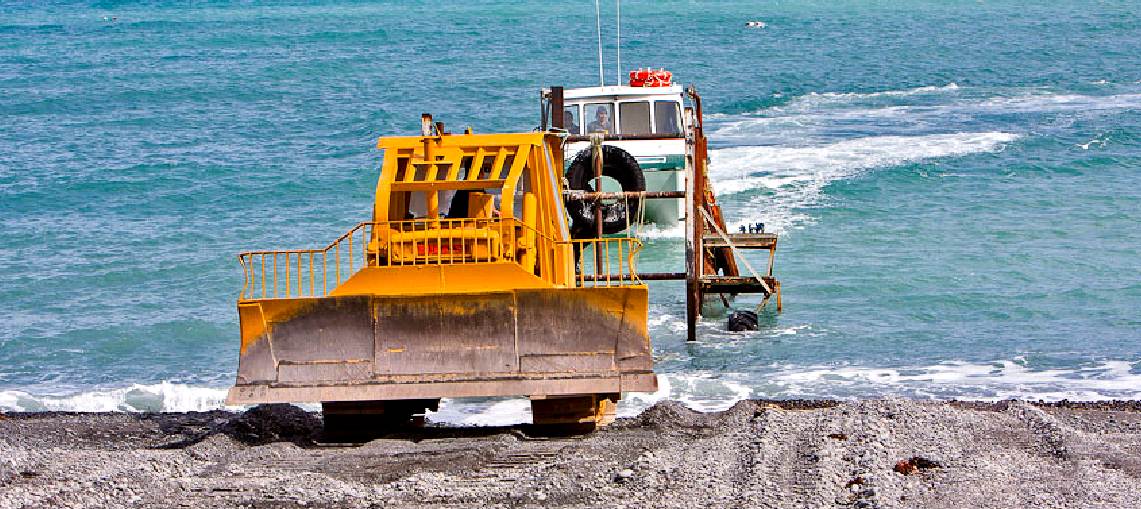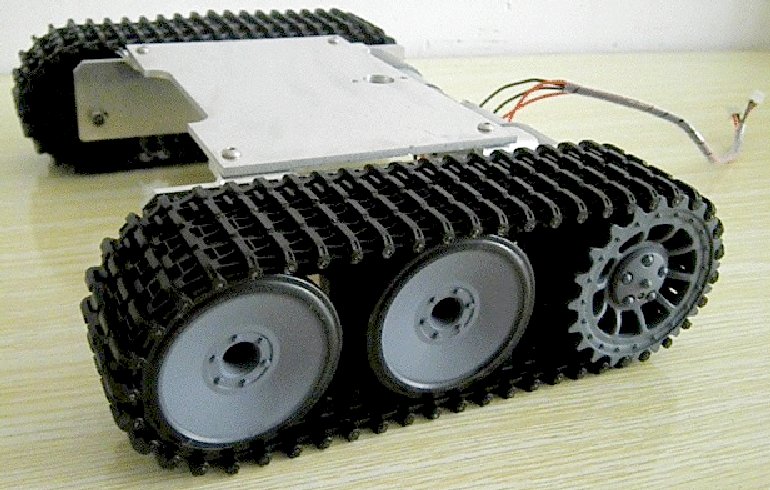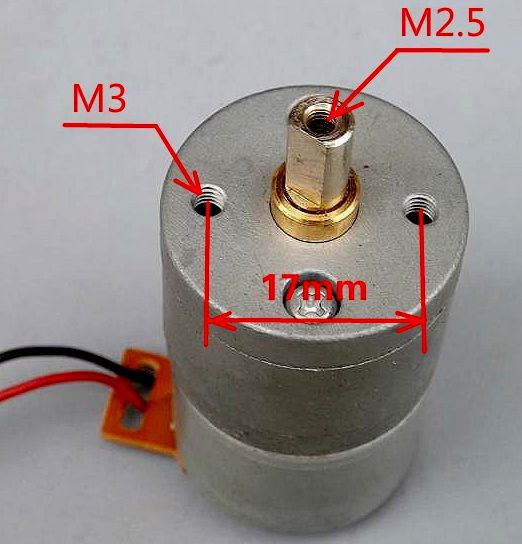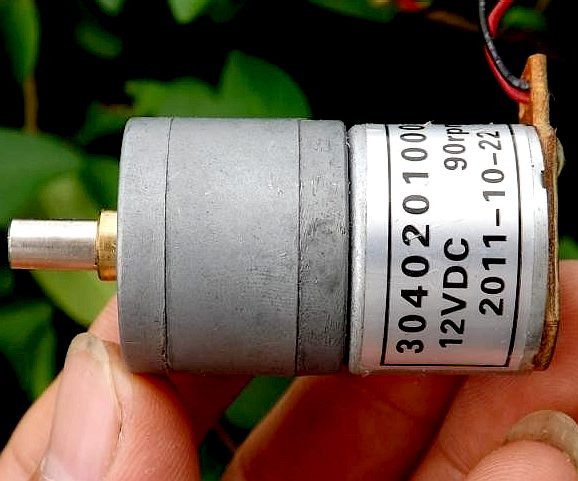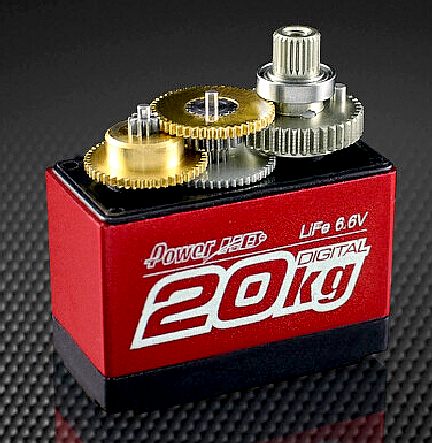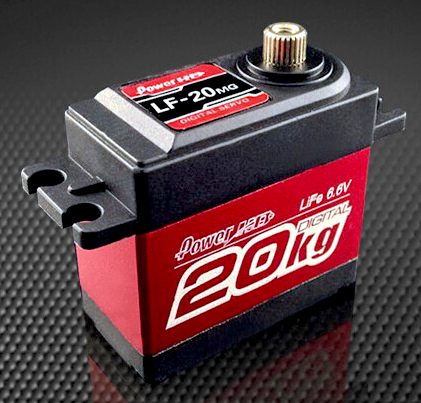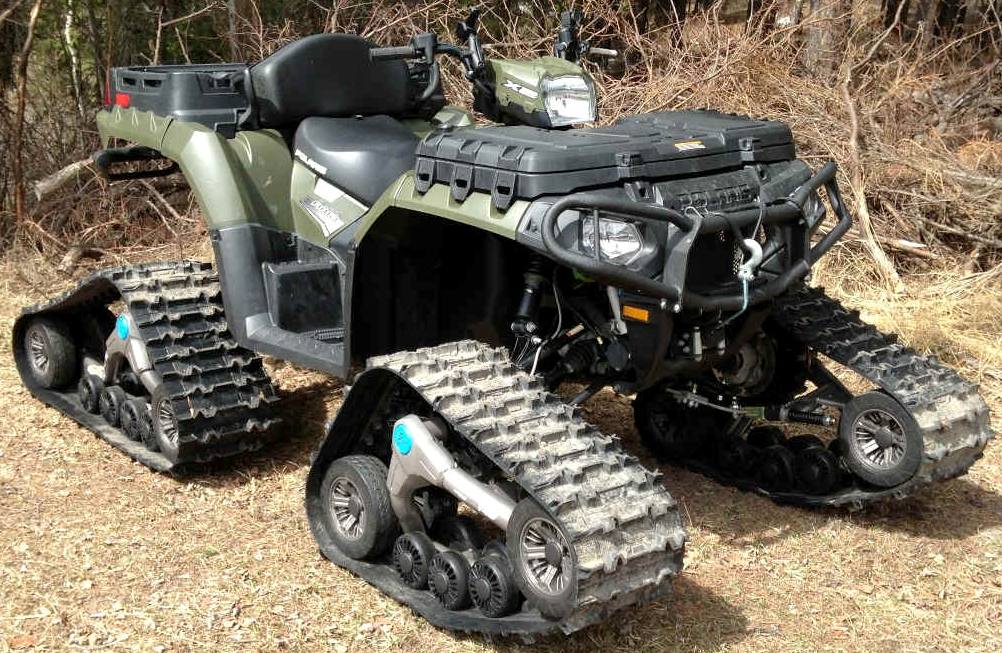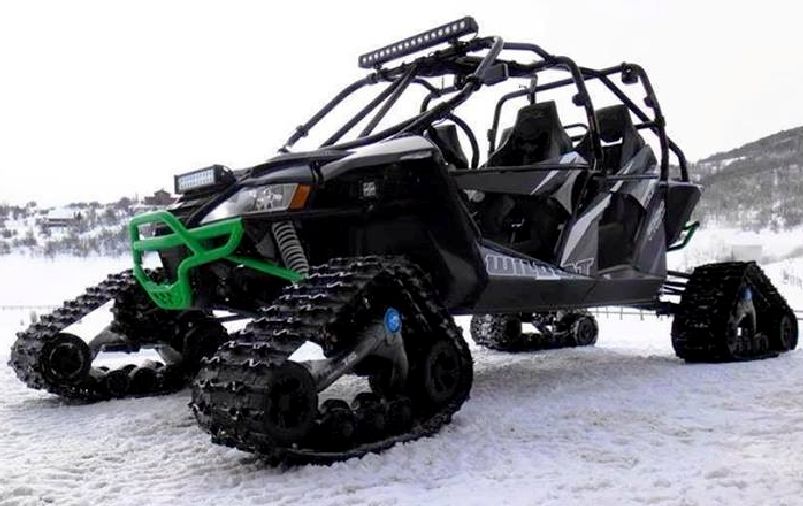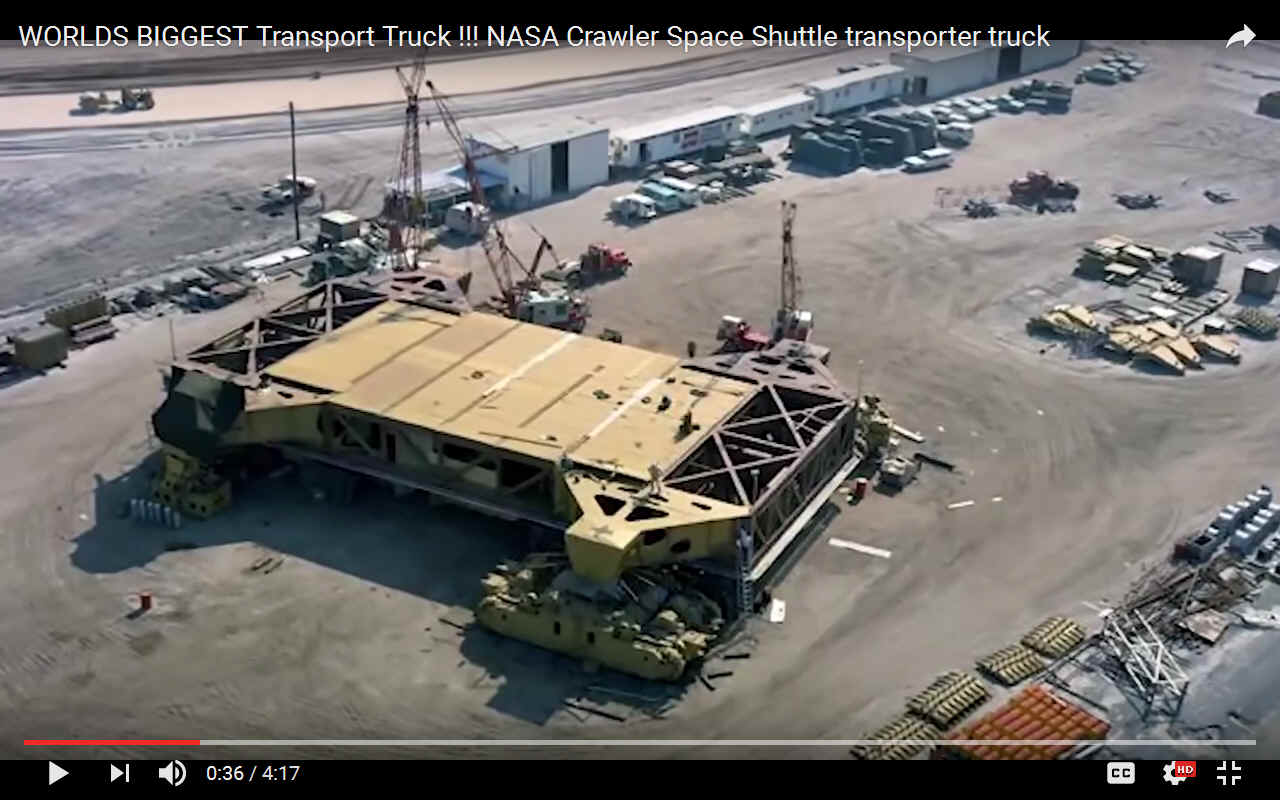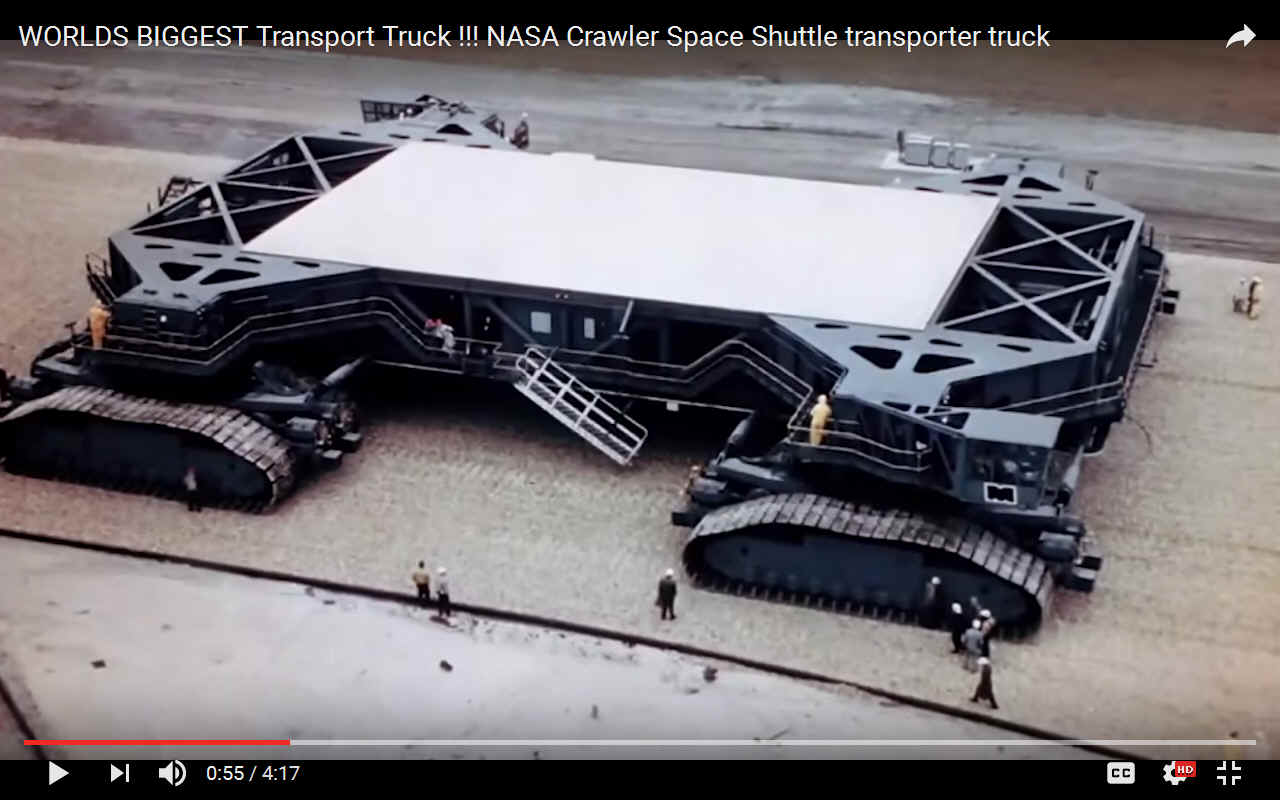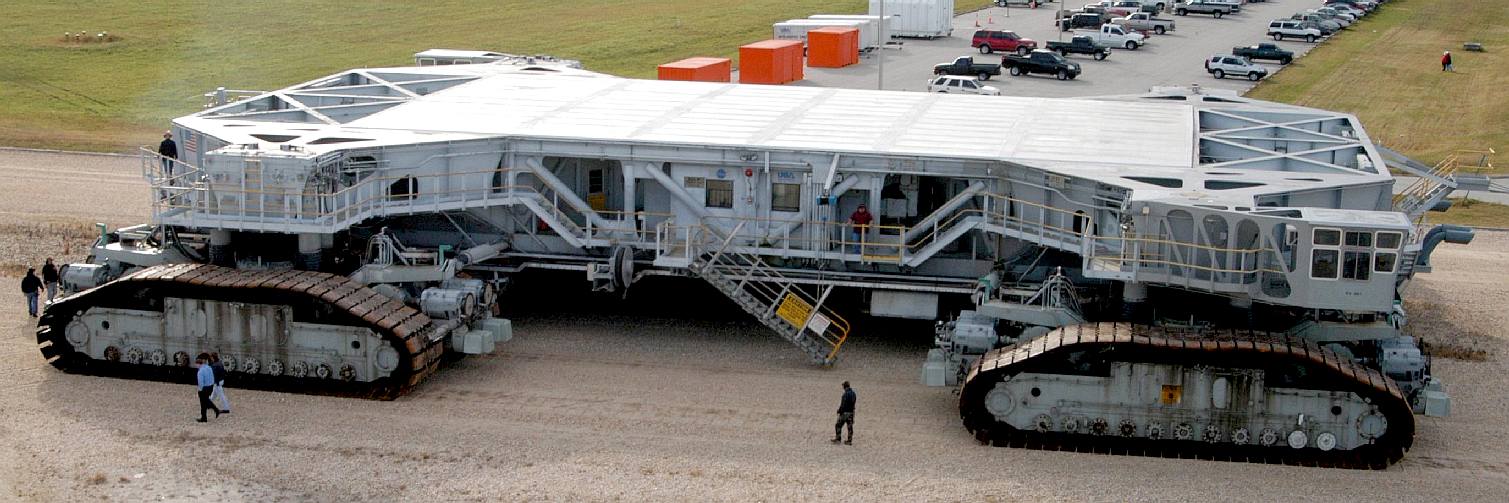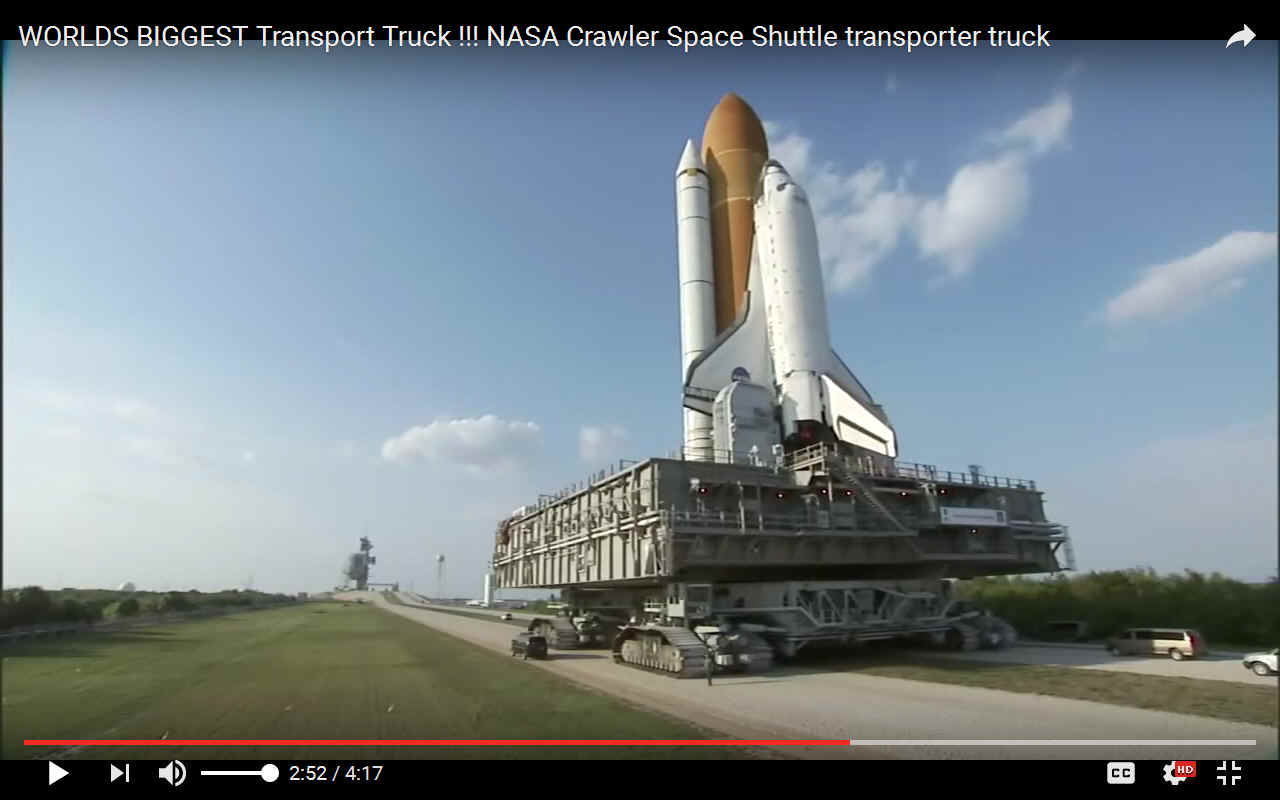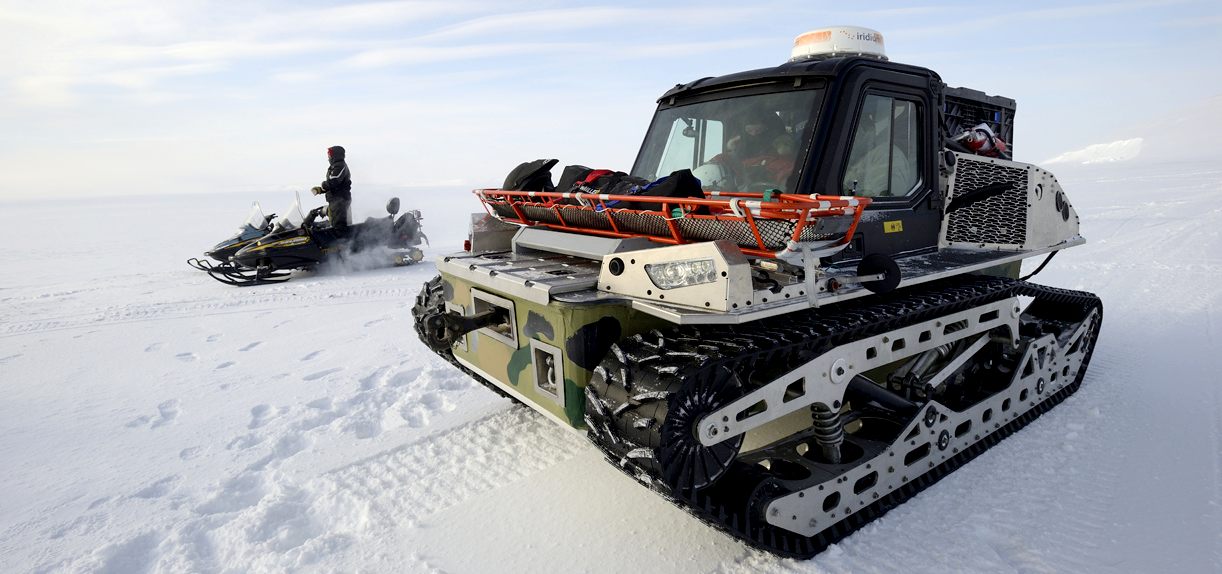|
AMPHIBIOUS LAUNCH - AMPHIMAX - CAB - CHASSIS - COSTINGS - CRANE - DIESELS - DRIVE - FLOATATION - GENERATORS - HILL CLIMBING HYDRAULICS - LAUNCH SITE SX - MODEL 1/20 - MOTORS - SUSPENSION - THRUSTERS - TIMETABLE - TRACKS - TRAILER - VIBRATOR - WHEELS
|
|||||
|
MOBILE BOATYARD - The SeaVax ocean plastic cleaning vessel is seen here on an AmphiMax beach launcher in 1/20th scale for testing in our water basin. Copyright © photograph 25 June 2018 Cleaner Ocean Foundation. All rights reserved. This proof of concept model is now on permanent display at Hertsmonceux Museum in Sussex, England.
CATERPILLAR SUSPENSION - Fortunately, you can now buy robot parts such as these 'bare' tracked chassis units quite cheaply to be able to increase the scope of experiments. Note that the wooden frames are now screwed together. We need to add the driver/engine pods and paint the wooden frame so that our experimental launches and recoveries can proceed without damping our equipment. This is another small step on the ladder to launching SeaVax™ full size. Copyright photograph, 6 October 2016, all rights reserved. You will need the permission of Bluebird Marine Systems Ltd to reproduce this picture.
BIG PROBLEMS CALL FOR BIG SOLUTIONS - The AmphiMax is big, but as part of our feasibility study we are building a 1/20th scale model of the AmphiMax™. This exercise is running in tandem with the development of the full size vehicle. Working small helps us to iron out any design wrinkles at lower cost, to reduce the possibility for big mistakes. During this exercise we have come to realise just how important this launcher is. To begin with AmphiMax™ was a solution to limited facilities, freeing us from boatyards and giving us transportability, so doing away with the need to pay additional overheads that could spike our plans in not very long where the scale of the SeaVax™ project is daunting for a small enterprise.
In developing AmphiMax we now consider that AmphiMax™ or a similar solution is the first stage to getting the SeaVax™ in the water. Other launchers that are similar in concept exist in the United States, but they are too small for us. The secret to all good designs is to keep it simple. In building this scale model we are doing just that and learning from the process - so saving time and mistakes when it comes to big brother, and what will be the world's largest amphibious vehicle and portable boat launcher.
Already we have decided that the control position and diesel engines must be higher up than in earlier drafts, rather than in a waterproof housing lower down. This was the solution adopted by those clever chaps at Beachworks LLC, in Mequon, Milwaukee, Wisconsin. But for us the design of their Boat Launcher, though more than adequate for launching boats up to 10 tonnes and very impressive, is nowhere near high enough for us and cannot carry the weight of a SeaVax™. This is a great shame, because we might have been able to order a beach launch vehicle off the shelf.
More on this later in the month ........ We need to do more work on our robot lab, or we will shortly run out of development space - yet we cannot stop the development progress - or we will delay launch considerably. The AmphiMax™, although a large vehicle, should not be difficult to fabricate and fit out with conventional diesel engines and hydraulic controls. Scale should never put anyone off from putting a plan into operation. If you can build something small, you can build the same thing larger only with cranes to replace your arms.
Design revisions from this and last month (7-10-16) are now working their way from the drawing board into the physical proof of concept model. For example from simulations in CAD we have worked out where the driving position is to be so that when the AmphiMax™ is submerged, the driver and engine pod is above the waves. If our model maker keeps up his present pace we will soon be able to show you this ..........
TRACTION
We are not ruling out wheel driven axles at this stage, but the additional grip from the increase in surface area of a tracked system allied to the reduced need for gearing - would seem to be big advantages - provided that we can source the full size tracked axles at the right price. Engineering design is about bringing in a product at the right price. There is no point designing something if it is too expensive to build. We do not have a NASA budget, and even they are constrained by things like fuel costs.
MAKING THE MODEL FRAME - This may not be seen by some as the ideal material for making an amphibious submersible vehicle where wood floats, but as a not for profit project undertaking this research we have to watch the pennies where we can. We don't use exotic materials except where absolutely necessary. The AmphiMax™ frame is relatively simple with a cutting list of eight pieces of timber, four pairs of which are the same length. Halving joints will be used to slot the timbers together. The prepared timber is shown above held tightly together using quick release clamps and marked ready to be cut. We will need a sharp chisel next to notch the sections. Copyright photograph, 1 October 2016, all rights reserved. You will need the permission of Bluebird Marine Systems Ltd to reproduce this picture.
Where the chassis frames of the full size AmphiMax™ are likely to be fabricated as a triangulated steel space frame, the model need not be that complicated, so can be made of aluminium, wooden sections or even hollow section plastic tubing. We are starting with wood, because it is cheap and we have suitable sizes already in the workshop. The AmphiMax™ must be able to submerge, meaning that we will may have to weight this model to simulate that function, where on the full size vehicle we use compressors and compressed air stored in pressure steel vessels to blow tanks for surfacing. Just like most submarines.
WOODWORK - Whether working in wood or metal the basics still apply in that accurate measuring and marking out are essential if you are going to make a vehicle to specification. Copyright photograph, 1 October 2016, all right reserved. Our joiner used only basic hand tools to make this frame in one day, with plenty of time for breaks and a natter as friends popped in to the workshop for a cup of tea. A good quality tape measure is a must for this. Our carpenter uses an eight meter wide blade DeWalt when working on large construction sites or in our workshops working to an accuracy of a quarter of a millimeter on models, though using a handsaw can mean that this goes down to half a millimeter during lapses of concentration. You will need the permission of Bluebird Marine Systems Ltd to reproduce these pictures except for private study, teaching or research.
CHISELING - Clamp the frame pairs together for marking and cutting out the halving joint sections. If you mark and cut in pairs the cross beams will be square when assembled. The latest quick release clamps save a lot of time when repeated gripping and re-positioning during the making of such an item. Copyright photograph, 1 October 2016, all rights reserved. You will need the permission of Bluebird Marine Systems Ltd to reproduce this picture.
HALVING JOINTS - Making so many joints all at once may seem an endless task, but in fact it does not take long if you are able to work methodically. Regular breaks for a cup of tea or coffee help to break the monotony. Mental stamina is just as important as physical strength when making just about anything. In a modern world with computer games providing instant gratification, most youngsters lack the patience to complete complex projects. Copyright photograph, 1 October 2016, all rights reserved. You will need the permission of Bluebird Marine Systems Ltd to reproduce this picture.
DRILLING - Li-ion batteries have changed using hand drills for the better. In the old days a nickel cadmium battery would only last a season and you could throw it away. Nicads also needed to be charged routinely. With lithium batteries you only need to charge batteries when they conk out. The failsafe circuits will not allow you to discharge to dangerously low levels. We have one Li-ion drill that is four years old and still working well with no sign of battery fatigue. Now that is what we call value. With more people working as a team we needed more hand tools to go round and interchangeability of batteries. We try to buy tools when they are on offer, so when the new De-Walt brushless drill came up for promotion, this was an ideal opportunity to see if the latest technology would live up to the claims - and we are pleased to say that it did. The brushed motor version of the same drill could not compete on longevity with it's brushless stable-mate. We are using long steel screws to assemble the frame - that will also be bonded with epoxy resin and then treated before painting. Countersinking the wood lets the screw bed in without bruising or tearing the wood so much, for a stronger joint that is also more pleasing to the eye. Copyright photographs, 1 October 2016, all rights reserved. You will need the permission of Bluebird Marine Systems Ltd to reproduce this picture.
TEST FIT - We advocate a dry test fit when you have the chance to fettle any joints that are not quite perfect. Using interference-fit halving joints like this means that the frame will slot together and stay assembled, except for the tail-end piece that sits well, but has no saddle to stop it falling out. A mortise and tenon joint could have resolved this, had it been a window frame or chair. Four long steel screws at the correct angles will do the job just as well and much quicker. Welding knows no such limitations, heralding the age of our giant steel leviathans. Copyright photograph, 1 October 2016, all rights reserved. You will need the permission of Bluebird Marine Systems Ltd to reproduce this picture.
FLATBED - The basic frame assembles nicely, ready to be bonded and screwed together. We used epoxy resin for the most stressed center joint and polyurethane gap filling adhesive for the rest. Next we need to make the cradles that will hold the SeaVax model securely during launches, and into which the SeaVax™ can couple with during recovery simulations. Once we are happy that the launch and recovery system works as expected, we can begin to fabricate the full size AmphiMax™. Copyright photograph, 1 October 2016, all rights reserved. You will need the permission of Bluebird Marine Systems Ltd to reproduce this picture. Please also note that the names SeaVax™ and AmphiMax are trademarks used by BMS Ltd under the terms of a special license agreement that extends for the use of sponsors and associates.
SMALL BOGIES - Here we see the AmphiMax™ proof of concept model sporting 8 small bogies that are about the right size in scale terms. The object of this exercise is to see how effective such a tracked system is compared to other tracked systems. We can use this data to save costs when ordering the full size bogies. Copyright photograph, 6 October 2016, all rights reserved. You will need the permission of Bluebird Marine Systems Ltd to reproduce this picture.
LARGE BOGIES - Here the AmphiMax™ model frame is supported by six larger caterpillar tracked bogies with slightly harder suspension. It might be possible to use six larger undercarriages, rather than eight smaller ones, and that may save costs in component reduction. We are looking into this. We will be trying bogies without suspension to see if we need that added complication, or if we can do without it. Copyright photograph, 6 October 2016, all rights reserved. You will need the permission of Bluebird Marine Systems Ltd to reproduce this picture. Please also note that the names SeaVax™ and AmphiMax™ are trade marks used by BMS Ltd under the terms of a special license agreement that extends for the use of sponsors and associates.
SUB FRAMES - To be able to fit the model caterpillar bogies with suspension to our wooden AmphiMax™ frame we needed to make six aluminium sub-frame mounts from 2.2mm sheet metal, much the same as we will have to do with the full size vehicle, except that those will be in 100 x 200mm steel box (RHS) section. A 'U' section was folded from the same sheet material and riveted to the base, with the base being fixed to the plastic chassis with self tapping screws. Copyright photographs 10 October 2016, all rights reserved. You will need the permission of Bluebird Marine Systems Ltd to reproduce these pictures.
TEST MOUNT - Here the AmphiMax™ model carries half of the SeaVax™ proof of concept model for us to get a feel for it. It is always a good idea to make sure things fit before proceeding - nearly impossible of course as you go full-size - and that is a very good reason to try things out in scale first. All this is going on while we are limbering up to produce the world's largest amphibious vehicle from an HQ that has only ever produced 22ft long structures before and then only as specials, not as a production series for a significantly larger vehicle. Copyright photograph, 10 October 2016, all rights reserved. You will need the permission of Bluebird Marine Systems Ltd to reproduce this picture.
POD GANTRY - The raised cabin or driving pod is made of softwood that is hollowed out in the middle to carry the electrical cabling to the motorized undercarriages. A 14.4 volt lithium ion battery cartridge will slot underneath the pod to provide the power that will be from diesels on its big brother. The SeaVax model uses 25 volt lithium ion battery packs. We have 12 volt nickel metal hydride packs as well. But they have less energy storage capacity and will only be used for setting up this model of the AmphiMax and where space is a problem (doubtful). Copyright photographs November 4 2016, all rights reserved. You will need the permission of Bluebird Marine Systems Ltd to reproduce these pictures.
SMALL BORE CONDUIT - A 13mm hole should suffice to carry the electrical wiring to 8 bogies, each with two 12 volt electric motors. On big brother the motors will be hydraulic, so that wiring is replaced by high pressure hoses, but instead of a 13mm hole, the hoses will be strapped to the inside of the steel spaceframe. Copyright photographs November 4 2016, all rights reserved. You will need the permission of Bluebird Marine Systems Ltd to reproduce these pictures.
CAB - We have included a 1/20th scale driver so that you can get a feel for the size of the AmphiMax. On the real amphibious vehicle the seat will swivel so that the driver can see forward of backwards, depending on whether he is launching or recovering a SeaVax. In fact the terms: "forward" and "reverse" can be confusing in the context of beach launching. We should be saying: "launch" or "recovery." Copyright photographs November 5 2016, all rights reserved. You will need the permission of Bluebird Marine Systems Ltd to reproduce these pictures.
COMPONENTS - In this picture we see some of the parts that go to make up the (un-sprung) tracked undercarriages. It takes 16 motors and gearboxes, 16 drive sprockets, 32 un-sprung bogey wheels. 16 caterpillar tracks, 16 aluminium chassis side plates and 8 main chassis plates - plus a whole lot of screws, nuts and bolts. You can see these laid out in a picture below. Copyright photographs November 5 2016, all rights reserved. You will need the permission of Bluebird Marine Systems Ltd to reproduce these pictures.
VISIBILITY - When driving into the sea, or when landing onto a beach, the near 360 degree visibility from a cab like this one will be superb. We like the simplicity so much, we may enter the dimensions of this presentation case into AutoCad and make any adjustments so that we can build it in steel and glass. Copyright photographs November 5 2016, all rights reserved. You will need the permission of Bluebird Marine Systems Ltd to reproduce these pictures.
ROBOT PARTS - These are the parts to make the undercarriages. When assembling it is a good idea to set all the components out neatly so that you can quickly locate the parts needed. Copyright photograph November 8 2016, all rights reserved. You will need the permission of Bluebird Marine Systems Ltd to reproduce this picture except for educational use in schools, colleges, universities, private study or research.
LASER CUTTING - Many robotic parts that are made of metal or wood are laser cut for accuracy and a clean finish. Once cut the aluminium parts can then be folded. Copyright photograph November 8 2016, all rights reserved. You will need the permission of Bluebird Marine Systems Ltd to reproduce this picture.
MOTOR MOUNTS - The motor and inline gearbox units bolt onto and through the aluminium chassis with three stainless steel allen headed screws. Whereas the freewheeling idler wheel simply bolt to the chassis with one reasonably beefy bolt, secured by two nuts. Copyright photograph November 8 2016, all rights reserved. You will need the permission of Bluebird Marine Systems Ltd to reproduce this picture.
SPROCKET DRIVE - These are the drive wheels for the caterpillar tracks that mount onto the output shaft of the drive motors. An aluminium collet has two grub screws to tighten the sprocket onto the drive shaft. The aluminium collet is bonded into the engineering grade plastic sprocket. The 12 volt electric motor drives through a reduction gearbox. We may need another stage of reduction gearing for the AmphiMax model. Copyright photographs November 5 2016, all rights reserved. You will need the permission of Bluebird Marine Systems Ltd to reproduce these pictures.
DRIVE TRAIN - The makers of this robot kit missed an opportunity to increase the pulling power by incorporating a second drive motor on each end of the undercarriage - to give four driven sprockets per robot kit. Of course the cost of the parts would increase, but a lot of robot builders would jump at the option, if it was offered. We will be modifying the standard chassis to allow 4 sprocket drive to increase the hill climbing ability. At the moment 16 motors power the AmphiMax on 8 bogies. Revisions will mean that 28 motors will power 6 bogies. Copyright photograph November 8 2016, all rights reserved. You will need the permission of Bluebird Marine Systems Ltd to reproduce this picture.
GEARBOX - This is a three stage reduction unit with lubricated phosphor bronze bearings. We found that a few of the gearboxes were not properly screwed to the motor. You can cure this by carefully removing the outer casing screws and lifting out the cogs noting where they go. Make sure your hands are clean and that the gears are placed on a clean surface while you tighten the securing screws. This is not a bad design and we can waterproof the electric motor without too much difficulty thanks to a casing and plastic end that has no openings other than the drive shaft bearing. Copyright photograph November 12 2016, all rights reserved. You will need the permission of Bluebird Marine Systems Ltd to reproduce this picture.
PRIMER - Before priming we soaked the wooden frame in a clear preservative to stave off fungal attack while we are conducting our tank tests. Repeated immersion in still water will take its toll. Immersion in seawater is not so bad because the salt acts like a preservative of sorts.
We filled the really bad imperfections in the base wood using a polyester resin based paste of the kind used to repair cars. We then applied a sealing coat of primer to the underside of the amphibious model. Because of the grain, wood takes a lot of surface preparation compared to metal. Don't hurry your work. The more haste, the more likely you are to miss problem areas. A steady methodical pace gets the job done quicker in the end. Protect work surfaces with cardboard or paper to avoid painting Mum's kitchen table machine yellow. Better still, ask Dad if you can use his shed for noxious tasks. Spray paint contains solvents and other chemicals that you should not breath in. Always use a mask when painting, even in a well ventilated area. Copyright photograph November 5 2016, all rights reserved. You will need the permission of Bluebird Marine Systems Ltd to reproduce this picture.
PRIMER/FILLER - A primer with a lot of body is called a primer-filler. These fortified primers are typically yellow in colour. They are designed to fill scratches on bodywork, but are not man enough to fill the grain in wood. You must sand the work piece in between coats using 120 grit, reducing to 240 grit as the imperfections disappear. Only then can you apply a topcoat. We will be using a tough polyurethane paint as used on most industrial machinery and many boats. This is the first of many primer coats. Copyright photograph November 5 2016, all rights reserved. You will need the permission of Bluebird Marine Systems Ltd to reproduce this picture.
KNOTS - Wood is a natural product that is sure to contain many knots. Prepared wood is planed for uniformity in supply for DIY shops and builders merchants, but at this level the preparation is crude and not suitable for cabinet making. In this picture you can see the pattern that is produced at the sawmill that machined these timbers. We don't need to eliminate the pattern altogether, because it simulates the look of many fabricated steel structures. Copyright photograph November 8 2016, all rights reserved. You will need the permission of Bluebird Marine Systems Ltd to reproduce this picture.
UNDERSIDE - We may not see the underneath of the AmphiMax proof of concept model when in use, but it is important to protect the wood. Paint is not just a decorative coating it is also protective against the elements. Imagine how rusty you car would get if it was not painted. The ocean environment is much harsher than a spot of rain on dry land. The salt accelerated corrosion, requiring special coatings, such as epoxy resins and etch primers. Copyright photograph November 8 2016, all rights reserved. You will need the permission of Bluebird Marine Systems Ltd to reproduce this picture.
SECOND COAT - Always paint in reverse order. The underside should be painted first then the assembly turned to liberally coat the topsides. Apply a full, wet coat of paint making sure not to get any runs from over application. A dry coat will not flow into the grain. It is best to apply second and third coats of primer, wet-on-wet. That way you get a much higher build. But, be sure to leave sufficient time for the previous coats of paint to semi-dry. A shape like this with many inside faces is a bit of a challenge for a spray painter. Determine a logical sequence and stay with it. Random painting will leave areas bare and unprotected. In any job you do, it is worth taking the time to get it right. Copyright photograph November 8 2016, all rights reserved. You will need the permission of Bluebird Marine Systems Ltd to reproduce this picture.
TOPCOAT - Where do you go to find paints that are used to protect construction vehicles? We found that Construction Paints had a great range of colours in their polyurethane range. The service was excellent. We'll report more on the coating's qualities once we've given it a work out. Copyright photograph November 11 2016, all rights reserved. You will need the permission of Bluebird Marine Systems Ltd to reproduce this picture.
WET LOOK - Of course here it is still tacky, but it really does dry fast. Now we want to see how hard it is after a week or so. AmphiMax needs the new tracks fitted, batteries and radio control gear before we can watch it handle rough terrain. Copyright photograph November 11 2016, all rights reserved. You will need the permission of Bluebird Marine Systems Ltd to reproduce this picture.
SIX PACK - Another step closer to the water. We'll soon be wiring up this flatbed transporter. Copyright photograph November 12 2016, all rights reserved. You will need the permission of Bluebird Marine Systems Ltd to reproduce this picture unless you are going to build one of these semi-submersible leviathans and send us some pictures of what yours looks like.
MINIMAX - Ryan decided that he liked the look of the 1/20th scale proof of concept model AmphiMax, but it was a teensy bit big for him to store at home. So, he opted to build his own version at 1/40th scale - exactly half the size of the model being made on this page. Click on Ryan's picture to see how Ryan made his model. Anybody can make a model like this if they take their time and work carefully. Copyright photograph November 18 2016, all rights reserved. You will need the permission of Bluebird Marine Systems Ltd to reproduce this picture.
WHAT COATINGS FULL SIZE
When fabricating in steel, the age old question of rust rears its head. Steel is far cheaper and easier to work with compared to stainless steel or aluminium. But it will rust to dust in seawater if not protected from the salt and water combination that literally eats ferrous frames. Galvanizing is an option that will stand the test of time, but has a few problems for us in that we'd like to weld the frame sections together once slotted together - and you can't do that over zinc, unless you spend a lot of time grinding the zinc away. Then of course, the fresh welds would not be protected.
A possible solution that we are looking at it using etch primer on the bare steel, with epoxy paint over that and finally a coat of polyurethane for that high visibility that heavy machinery needs.
BEACH LAUNCH - Here the AmphiMax™ is shown parked on a beach [left] with a typical incline and then as it would be driven into the sea [right] when the SeaVax™ floats off the cradles. Copyright drawing 8 October 2016 all rights reserved. You will need the permission of Bluebird Marine Systems Ltd to reproduce this diagram.
LAUNCH SEQUENCE & STANDBY MODE
TRACKED SOLUTION
INSPIRATION
Our inspiration for beach launching came from the world's largest fishing fleet at Hastings in Sussex, just a stones throw away from us. If you take a trip to this seaside resort, you are sure to see the fishermen recovering their catch, by hauling their boats up the beach using steel 'bowden' cable and heavy duty winches secured to the beach with concrete blocks as anchors, powered by diesel engines. New Zealand also has a fleet of beach launched boats using a system not that far removed from our concept.
MODEL CHASSIS A - This is a simple tracked chassis that is near in size to the real units that we are looking to use. The twin motors in this unit are very small (universal) 130s, probably not up to the task when it comes to carrying the SeaVax proof of concept model in and out of the water - but it has suspension. We will though be able to see how well the AmphiMax™ will cope with rough ground. We ordered 8 of these units on the 23rd of September 2016 at a cost of $128 US (£99) - a veritable bargain in that if we were to have made them ourselves the design time alone would sink us - and that is the beauty of the modern world, there is so much out there already to help development engineers take short cuts for their experiments..
The unit is described as a "Light Damping Tank Robot Chassis or Platform for DIY projects (SN800). It weighs in at 166g. The spring damping effect, can press downward 0.7cm and the unit measures: 9.7 x 18 x 4.5cm. The motor supports 3-8 volts and can be replaced with more powerful upgrade motors.
AmphiMax™ is more than a giant beach launcher, it is a work station, an amphibious service vehicle and a self-contained transporter for loads of up to 90 tons. In short it is a platform that saves us a lot of expense when building and developing the SeaVax™ ocean cleaning prototype - in the short and long-term.
MODEL CHASSIS B - This model tank carriage is 30cm x 15cm x 7.6cm. It's a lot larger than test chassis A, and potentially has more grunt for actual tests having larger 260 motors. We ordered 8 of these units on the 23rd of September 2016 at a cost of $176 US (£136). The reason for this is so that we can compare the potential traction from a larger tracked area cost effectively. The track width of this model is 2.3cm and is made of a rubber compound. The motors operate between 3V-9V and each unit weighs 550g.
QUAD TRACK CHASSIS VARIATION - Using the same basic tracks and sprocket design it is possible to come up with novel configurations, many of which are used for obstacle avoidance in robotics. The limiting factor here is the motor and gearbox power output. If there is insufficient torque to push a vehicle along and climb hills, then it is back to the drawing board.
SPROCKET & IDLERS - These are the parts needed to make the drive sprockets and idler wheels. Assembly is time consuming - but rewarding when an experiment comes together. The track links may be separated by pushing the link pins out and this will allow different length tracks to be made for custom projects.
QUAD WITH SUSPENSION - A bit more sophisticated as to chassis design, but still using the same basic tracks, sprockets and motors. This unit has tilting undercarriage bogies to allow the quad to meet and overcome obstacles. In real life as in the scale model world, obstacles size is relative.
WORLD RECORDS & SPONSORSHIP
The AmphiMax™ is likely to set two world records that could see us in such publications as the Guinness Book, FIA and UIM records, to certify the achievements of our associates. Where the SeaVax™ is a concept vessel under development as a prototype, everything about it is new. At the moment (Nov 16) we do not have any development partners.
This raises the possibility of risk share from associates who might be interested in contributing services, parts or materials in exchange for a media partnership. If your company or organization might be in a position to contribute metals, diesel engines, hydraulic pumps, hydraulic valves, communications, or paint (as a few obvious examples), please contact us (Chris, Richard or Briggette) today on 0044 1323 831727 or email: bluefish@bluebird-electric.net
This call for help goes out to all corporations looking to flex their responsibility ideals about the environment and who might want to be more proactive.
LINKS & REFERENCE
http://www.nasa.gov/mission_pages/shuttle/flyout/crawler.html http://www.nasa.gov/content/nasas-giant-crawlers-turn-50-years-old-pivot-toward-future-exploration http://www.dewalt.co.uk/ http://www.dewalt.eu/ http://www.dewalt.com/ http://www.screwfix.com/c/tools/drills/cat830704?brand=dewalt https://www.gov.uk/government/organisations/environment-agency http://www.poclain-hydraulics.com/ http://www.bonfiglioli.com/
http://www.google.co.uk/patents/US6079729 CONTACT
BEACHWORKS Beachworks LLC, The
BeachLauncher is patented in the USA and pattent applied for in other
countries. The U.S. Patent Numbers are: 6,079,729 and 6,341,793. https://www.google.us/patents/US6341793 ABSTRACT http://www.google.co.uk/patents/US6079729 ABSTRACT A launch vehicle for boats or other small watercraft which includes a partially submersible frame movably mounted on wheels. The wheels are provided with all-terrain type tires which enable the frame to move over rocks and uneven ground or lake beds, without becoming bogged down in muck or lake bed sediments. The frame supports a boat bunk configured to engagingly support the bottom sides of a boat hull thereon during its transportation and storage, as well as a walkway adapted to assume a generally horizontal orientation so as to enable a user to stand or rest thereon. The walkway has a lateral width of at least one foot, and extends substantially the longitudinal length of the boat launch vehicle. When horizontal, the walkway is positioned vertically spaced above the bunk at a location selected to locate above the lake surface of the lake when the bunk is sufficiently submerged to enable the boat to be floated free from or positioned over the bunk. The boat launch vehicle is self-propelled with the wheels rotatably driven by a motor mounted vertically above the submersible bunk so as to maintain it in position above the lake surface during boat launching and retrieval.
BEACH RECOVERY - A fishing boat is winched up the beach with a single steel cable. The keel of the hull runs over oily wooden blocks that are lubricated by seawater. Logs and plastic tubing are also used to reduce friction on this gently sloping incline that gets steeper further up the beach. It works, but the system needs a lot of setting up and so cannot be described as portable. The winches are typically mounted on substantial concrete foundations.
PORTABLE - Ngawi Beach in New Zealand is home to another beach launched fleet where the local fishermen use a different system to their Hastings cousins. The boats sit in a frame on wheels that is pushed into the sea, and pulled back out again after a day's fishing, using a steel tracked bulldozer.
ROT-1 - A tracked vehicle chassis made of aluminium with reduction gearboxes and a respectable torque load of 1.5kg 2kg @ 90 rpm. The dimensions of this robot unit are: Length 18cm x Wide 24cm x High 6cm. the motor is 6 - 12 volts DC and the cost via Alien Express is $55 US dollars per unit. Though you may have to pay import duty in some geographical locations. We were charged an extra £25 pounds, but worst of all the delays are significant in part due to a strange system in the UK where HM Customs inspects imports and then sends them to the carrier (Parcel Force International) to collect any duty - instead of doing their job and collecting import duty directly. (That is some kind of crazy civil servant thinking that is so inefficient it is comical, but not for the customers wanting to do business. You may find these telephone numbers useful for Customs in the UK: Coventry - 0344 209 6125, Gatwick - 0344 800 4466. Using these numbers you can pay any customs charges with a credit or debit card.)
These are pictures of the 12v motor and epicyclic geartrain reduction unit for the ROT1. It's a whole lot beefier than the 130/260 motor system as seen in the plastic carriages above.
REMOTE CONTROL - You can't test a robot vehicle without some serious programming, but you can test the chassis and launch theory manually using radio control equipment, as first demonstrated by Nikola Tesla in 1898. The first experimental launches and recoveries of the SeaVax will be in 1/20th scale.
UTV - Two different vehicles fitted with the same track conversion for more grip in harsh operating conditions. These are not amphibians, but are included here because they look like that mean business. A bit chilly though with no weather protection in the snow.
NASA
- The crawler-transporters, formally known as the Missile Crawler Transporter Facilities, are a pair of tracked vehicles used to transport spacecraft from NASA's Vehicle Assembly Building (VAB) along the Crawlerway to Launch Complex 39. They were originally used to transport the Saturn IB and Saturn V rockets during the Apollo, Skylab and Apollo–Soyuz programs. They were then used to transport Space Shuttles from 1981 to 2011. The crawler-transporters carry vehicles on the Mobile Launcher Platform, and after each launch return to the pad to take the platform back to the VAB.
SPECS
- The crawler-transporter has a mass of 2,721 tonnes (6,000,000 lb) and has eight tracks, two on each corner. Each track has 57 shoes, and each shoe weighs 900 kg (1,984 lb). Each crawler is 131 feet long and 114 feet wide (40 bx 35 metres).
Height: 20-26 feet
UPGRADE - The crawlers were overhauled in 2003 with upgrades to the Motor Control Center, which houses the switchgear and electrical controls of all of major systems on board, a new engine and pump ventilation system and new diesel engine radiators, and replacement of the two driver cabs on each vehicle (one on each end). As of 2003, each crawler had 16 traction motors, powered by four 1,000 kW (1,341 hp) generators, in turn driven by two 2,050 kW (2,750 hp) V16 ALCO 251C diesel engines. Two 750 kW (1,006 hp) generators, driven by two 794 kW (1,065 hp) engines, were used for jacking, steering, lighting, and ventilating. Two 150 kW (201 hp) generators were also available to power the Mobile Launcher Platform. The crawler's tanks held 19,000 liters (5,000 U.S. gal) of diesel fuel, and it burned 296 liters per kilometer (125.7 U.S. gal/mi). Due to its age and the need to support the heavier Space Launch System and its launch tower, in mid-2012 one of the crawlers was undergoing an upgrade involving "new engines, new exhausts, new brakes, new hydraulics, new computers," to increase its lifting capacity from 5,400,000 to 8,200,000 kg (12,000,000 to 18,000,000 lb).
CONTROLS - The crawler is controlled from two control cabs located at either end of the vehicle, and travels along the 5.6 km (3.5 mi)
crawler-way at a maximum speed of 1.6 km/h (1 mph) loaded, or 3.2 km/h (2 mph) unloaded. The average trip time from the VAB along the
Crawler-way to Launch Complex 39 is about five hours. Each crawler-way is 2 m (7 ft) deep and covered with Alabama and Tennessee river rock for its low friction properties to reduce the possibility of sparks. In 2000, NASA unearthed and restored an Apollo-era segment of the
crawler-way to provide access to a high-bay building in order to provide protection from a hurricane.
ARCTIC EXERCISE - The Canadian armed forces tested out this Polaris Rampage all terrain vehicle at Little Cornwallis in the Arctic. This stunning machine is amphibious but cannot carry a big load into and out of the water.
AMPHIBIOUS LAUNCH - AMPHIMAX - CAB - CHASSIS - COSTINGS - CRANE - DIESELS - DRIVE - FLOATATION - GENERATORS - HILL CLIMBING HYDRAULICS - LAUNCH SITE SX - MODEL 1/20 - MOTORS - SUSPENSION - THRUSTERS - TIMETABLE - TRACKS - TRAILER - VIBRATOR - WHEELS
|
|||||
|
Click the links on this page or see our SITE INDEX to navigate this site. Copyright © June 2023 BMS Ltd.
|
